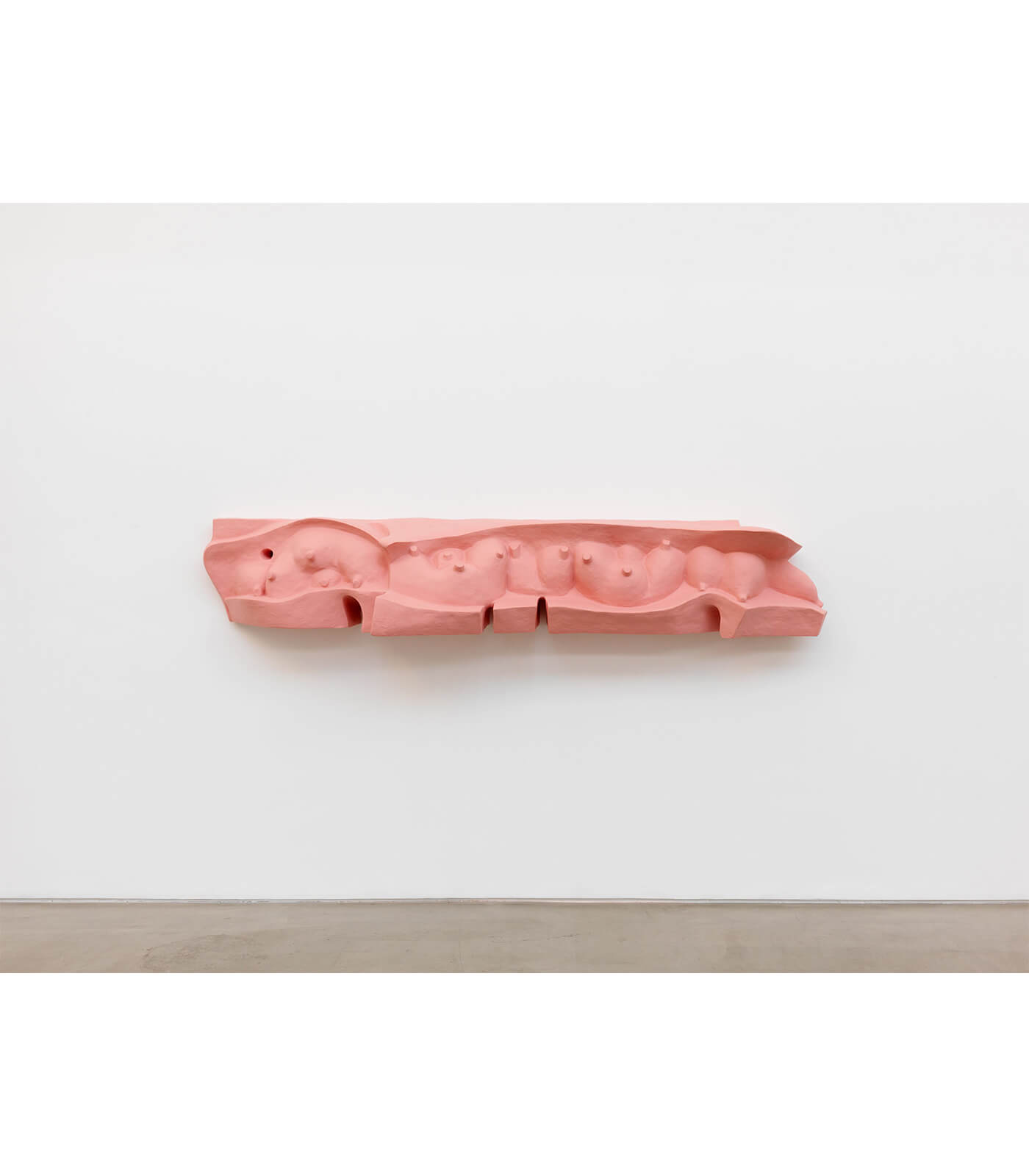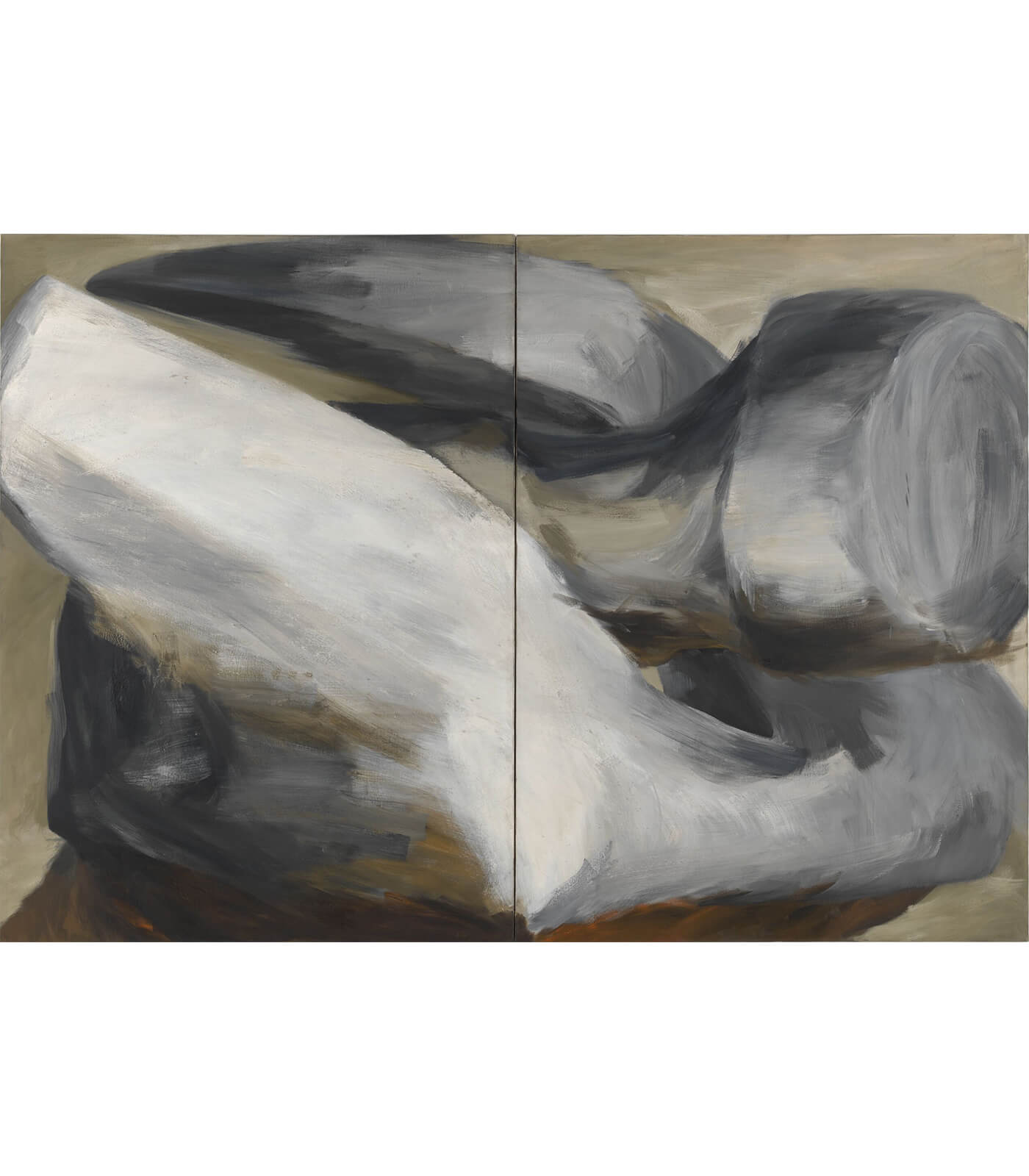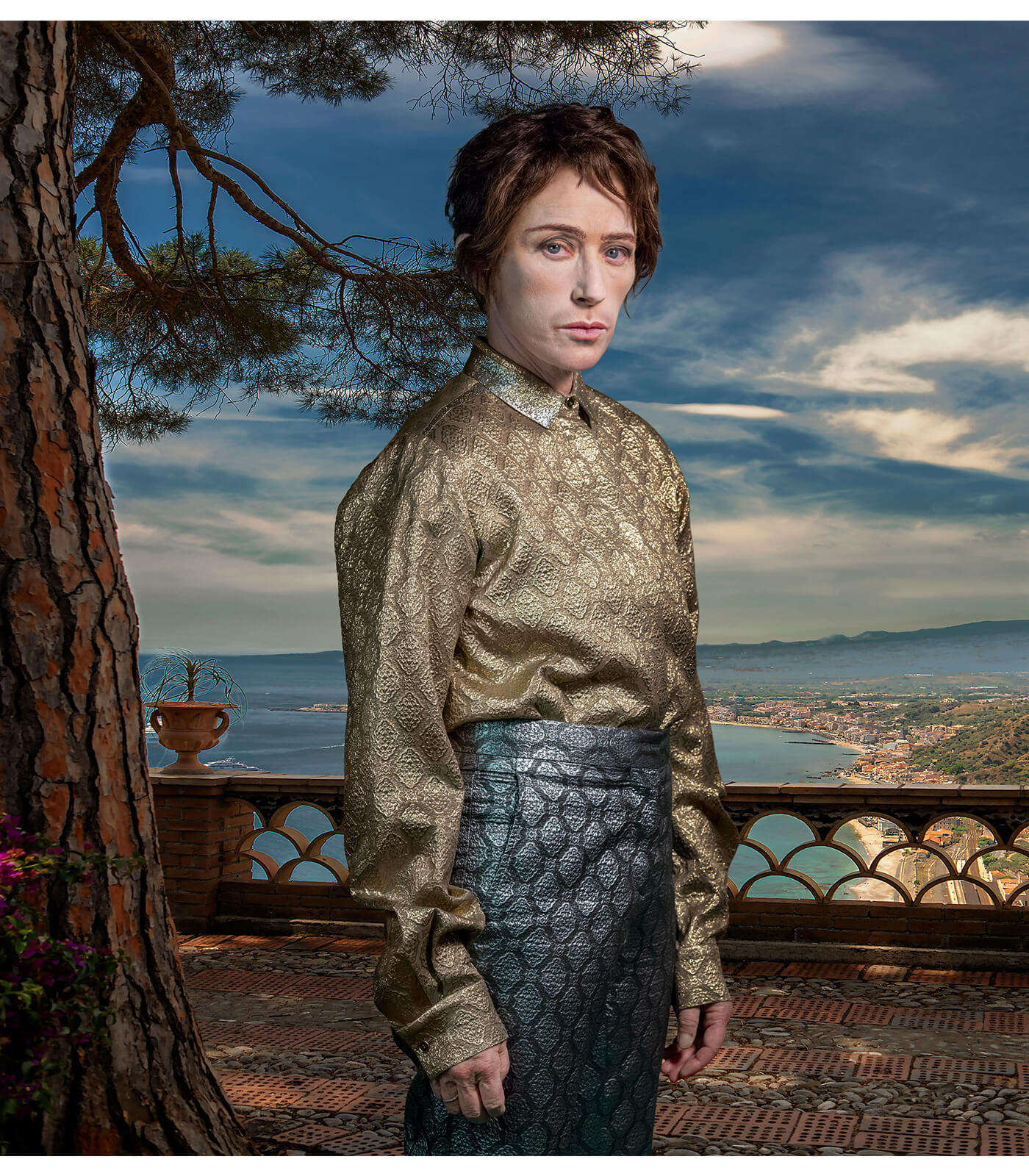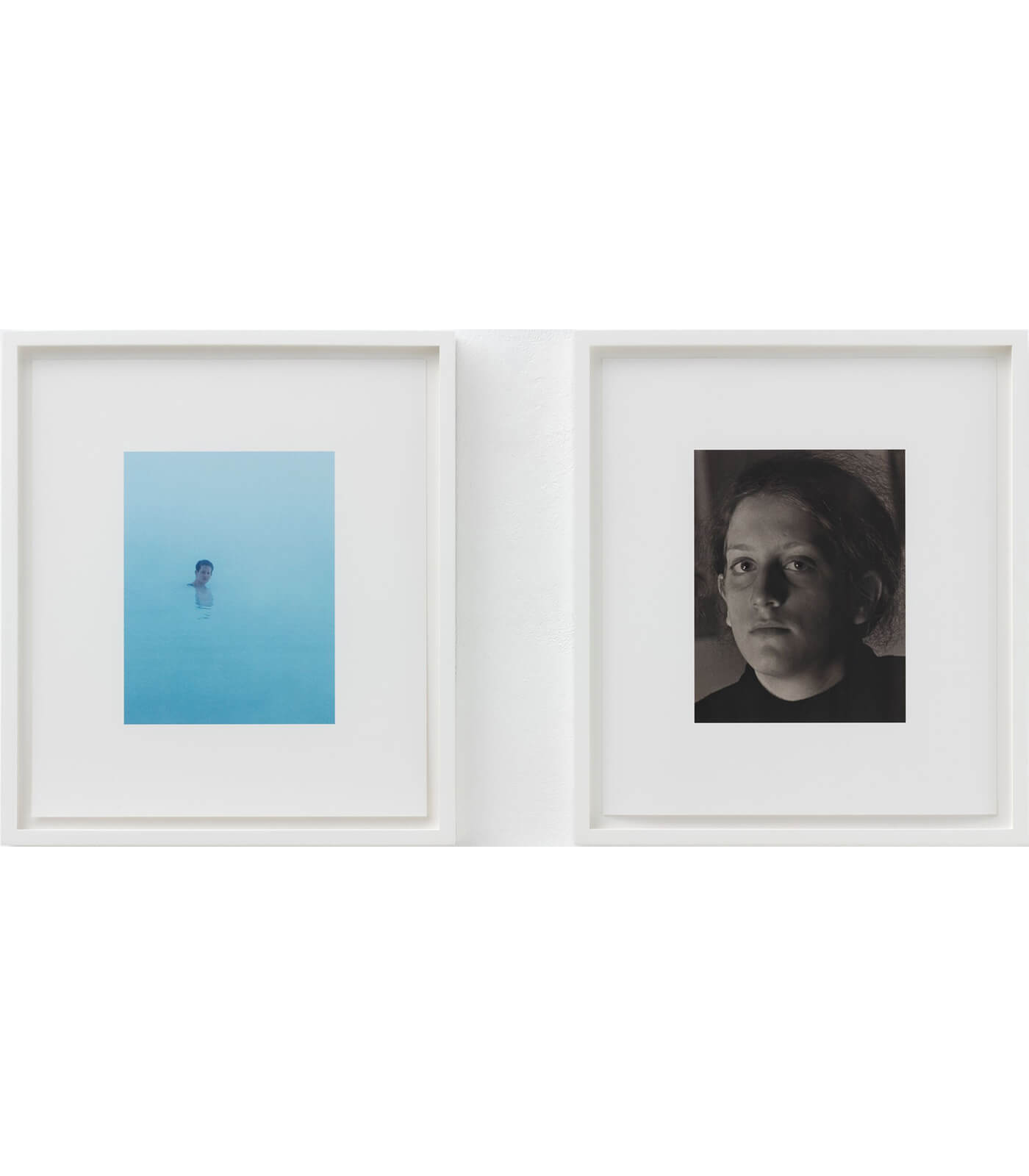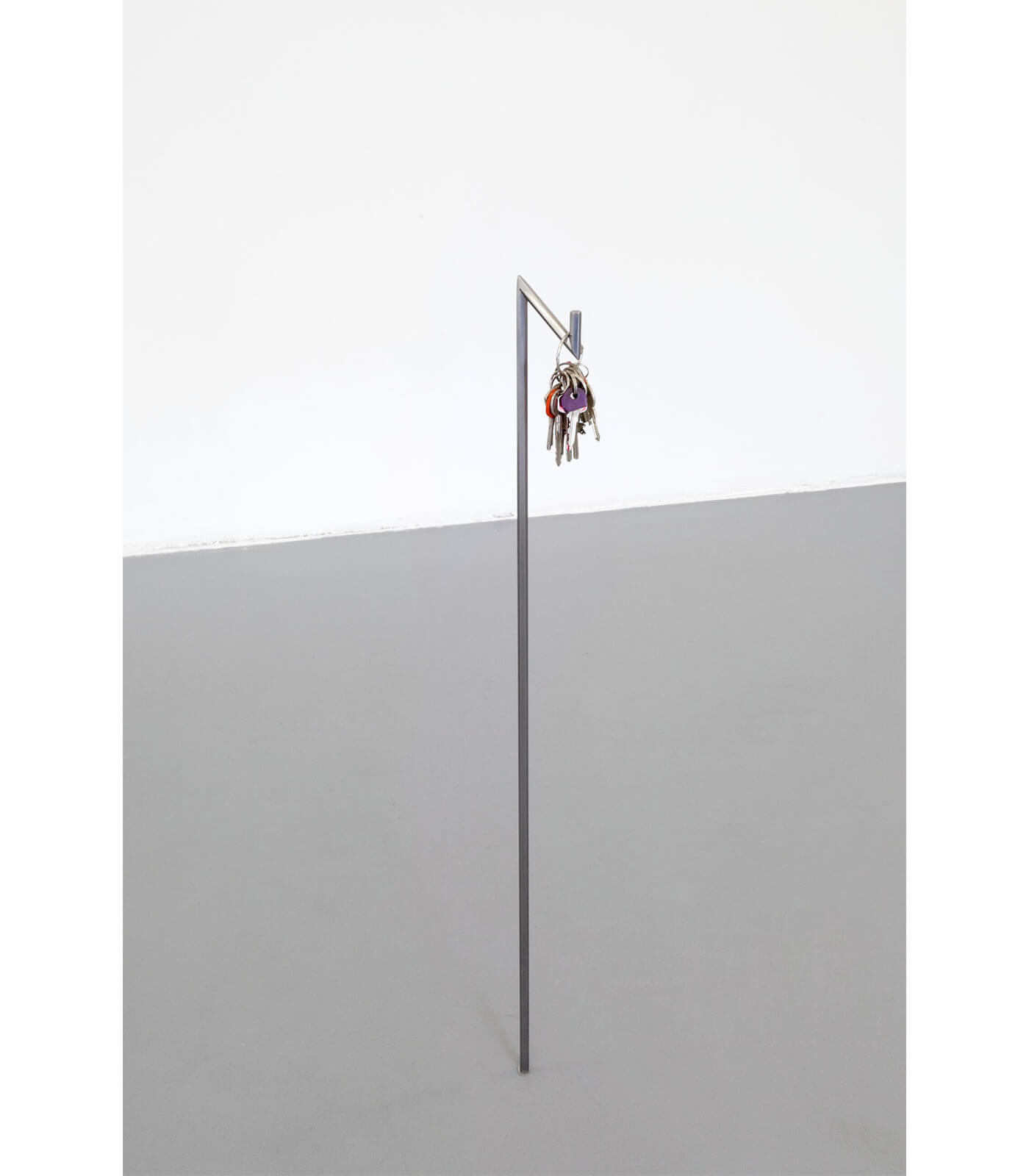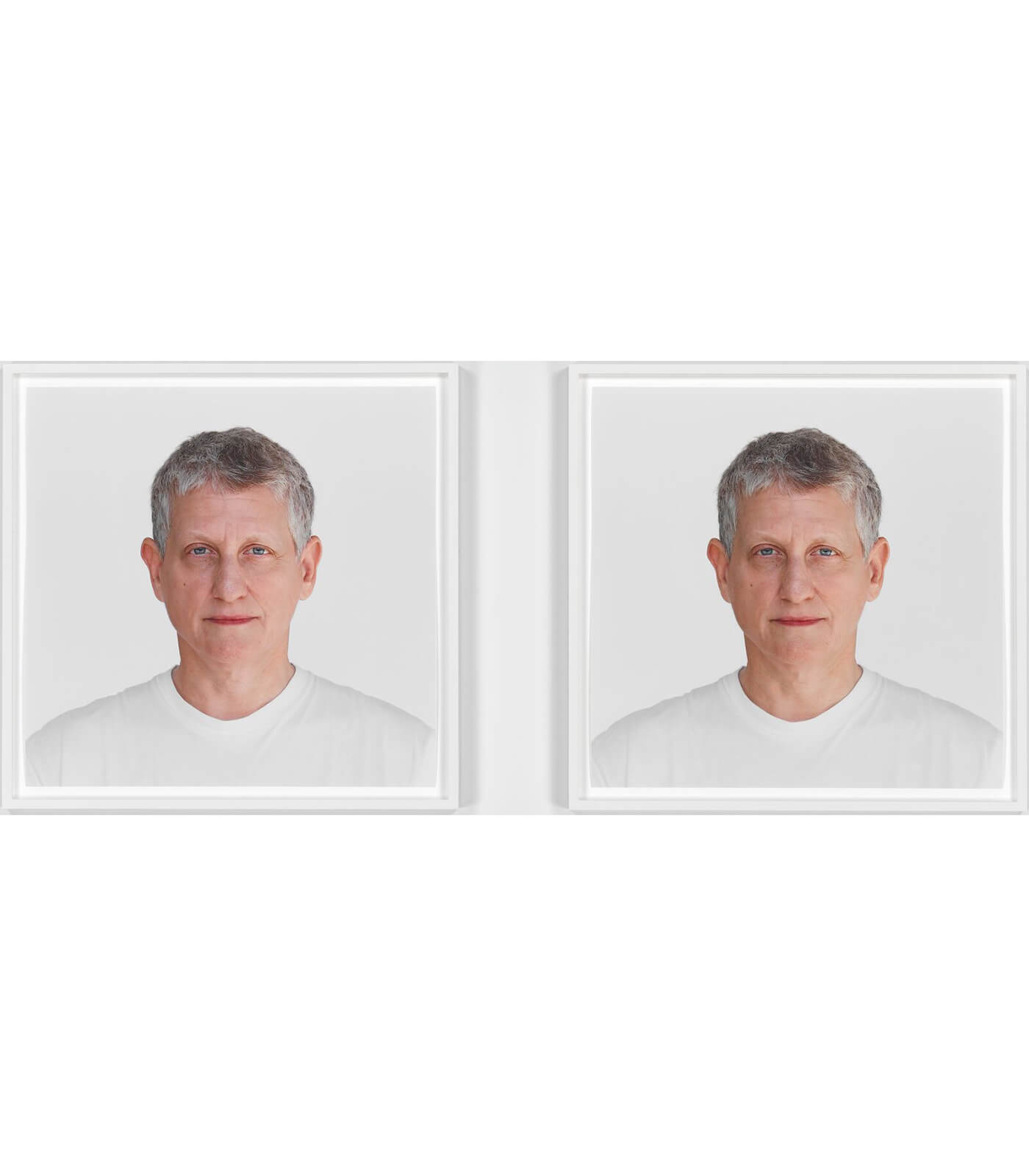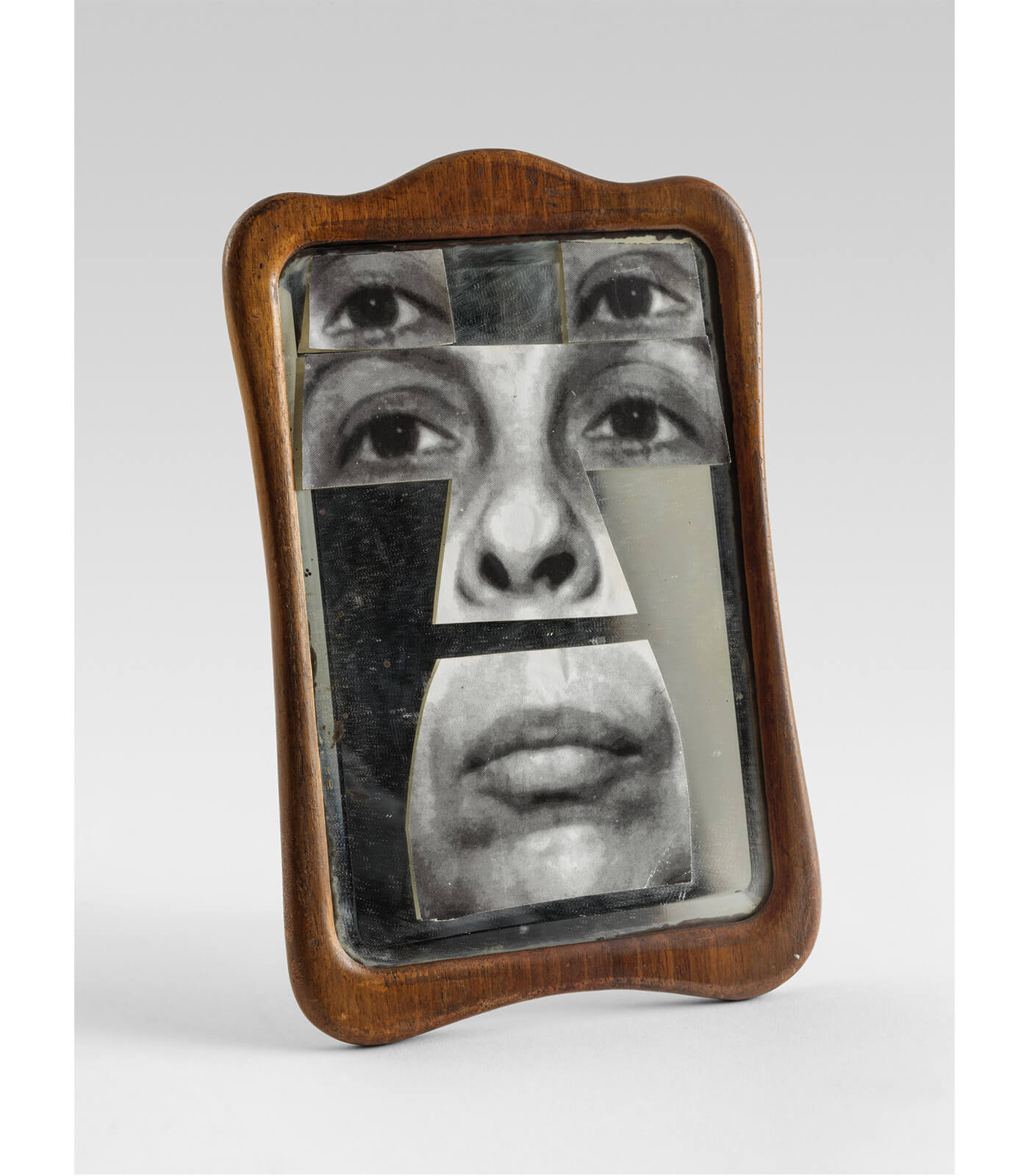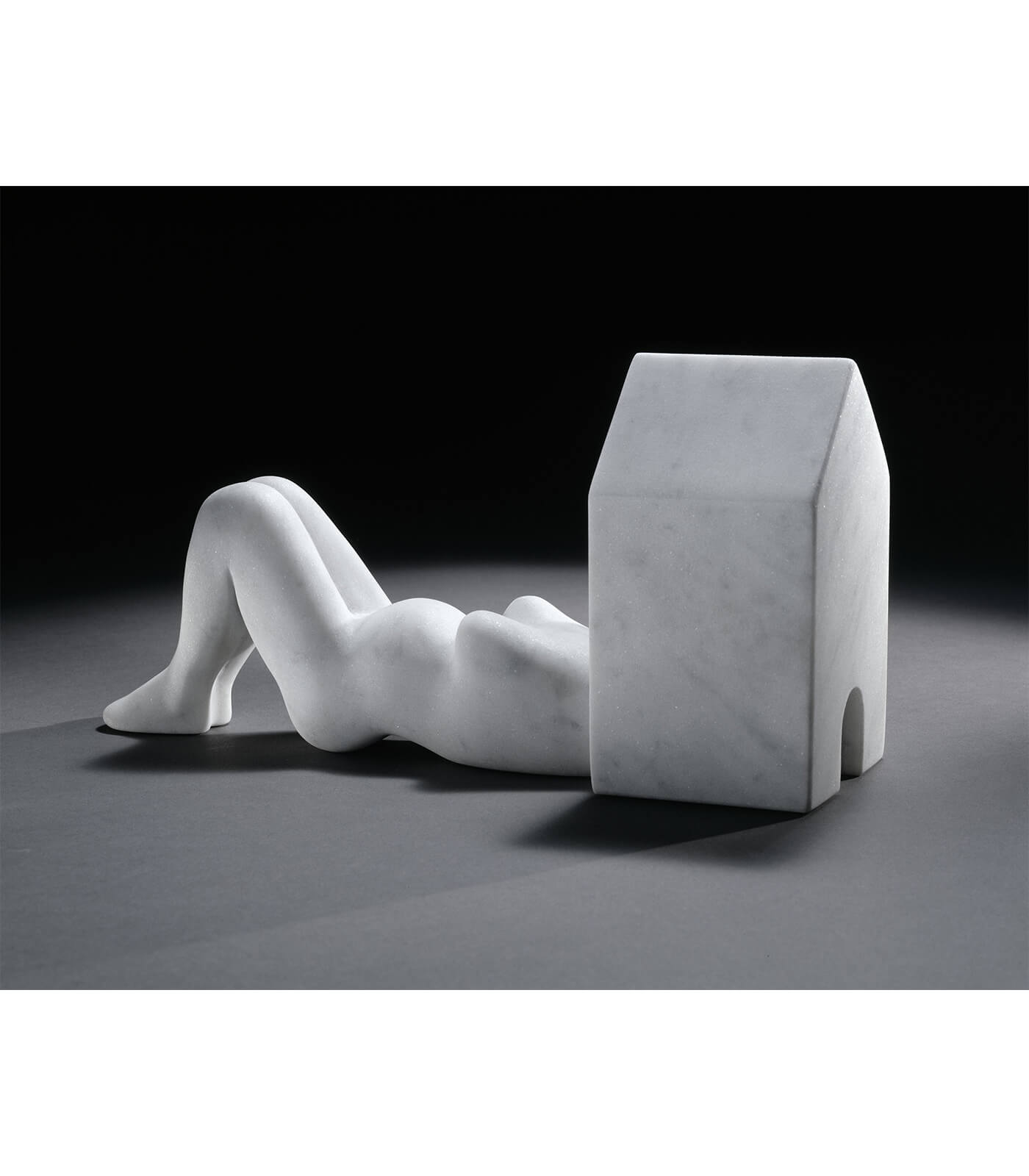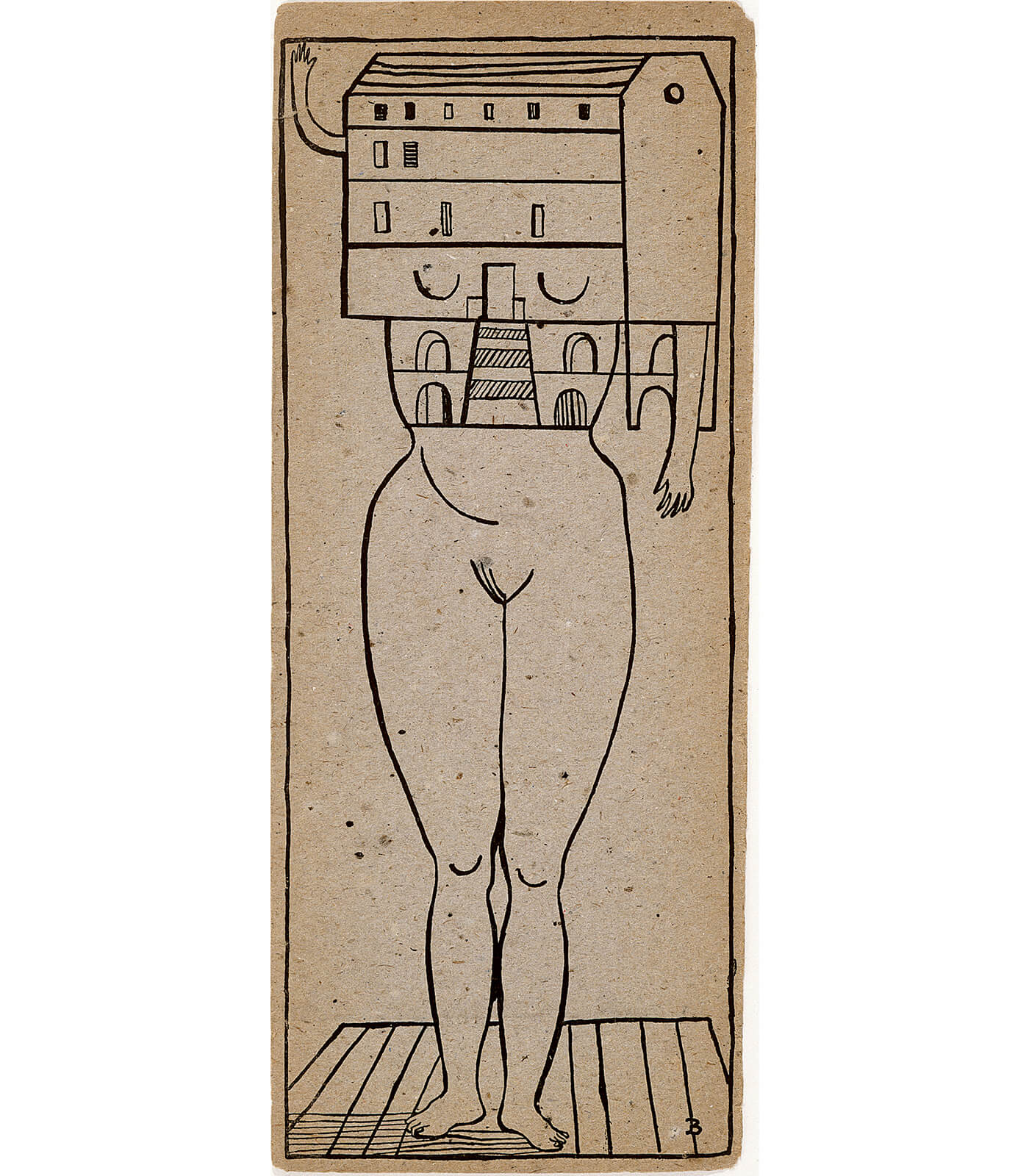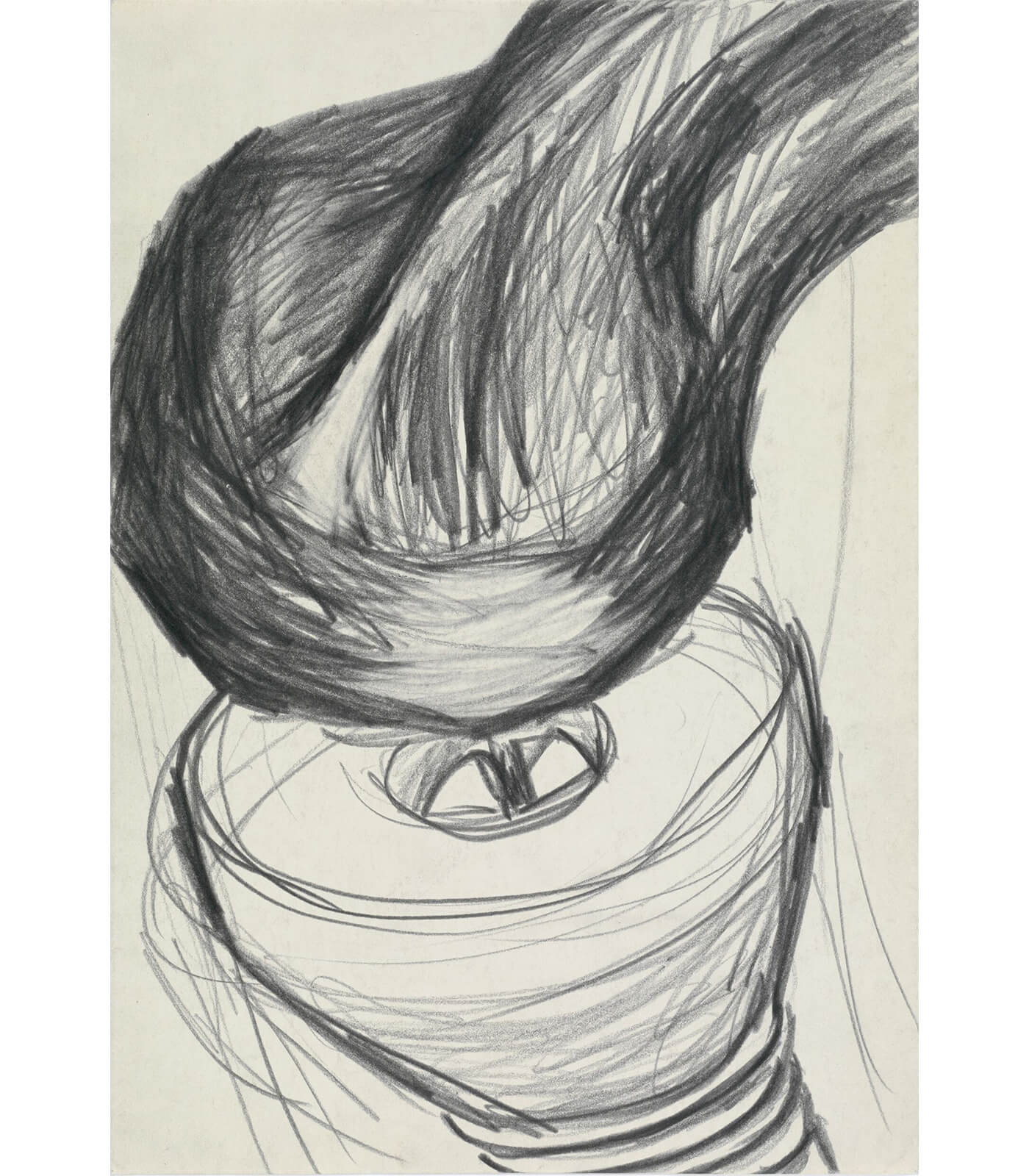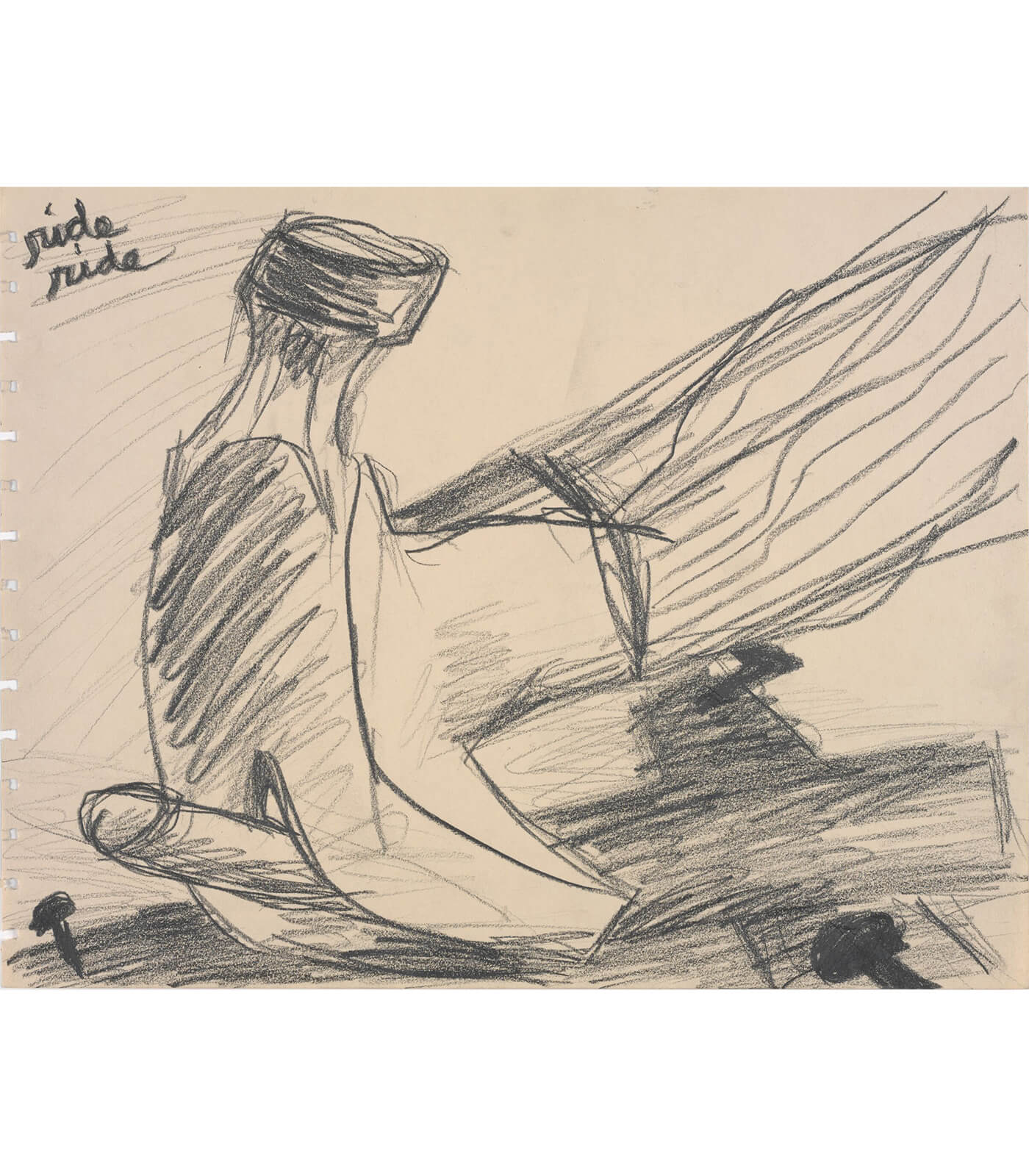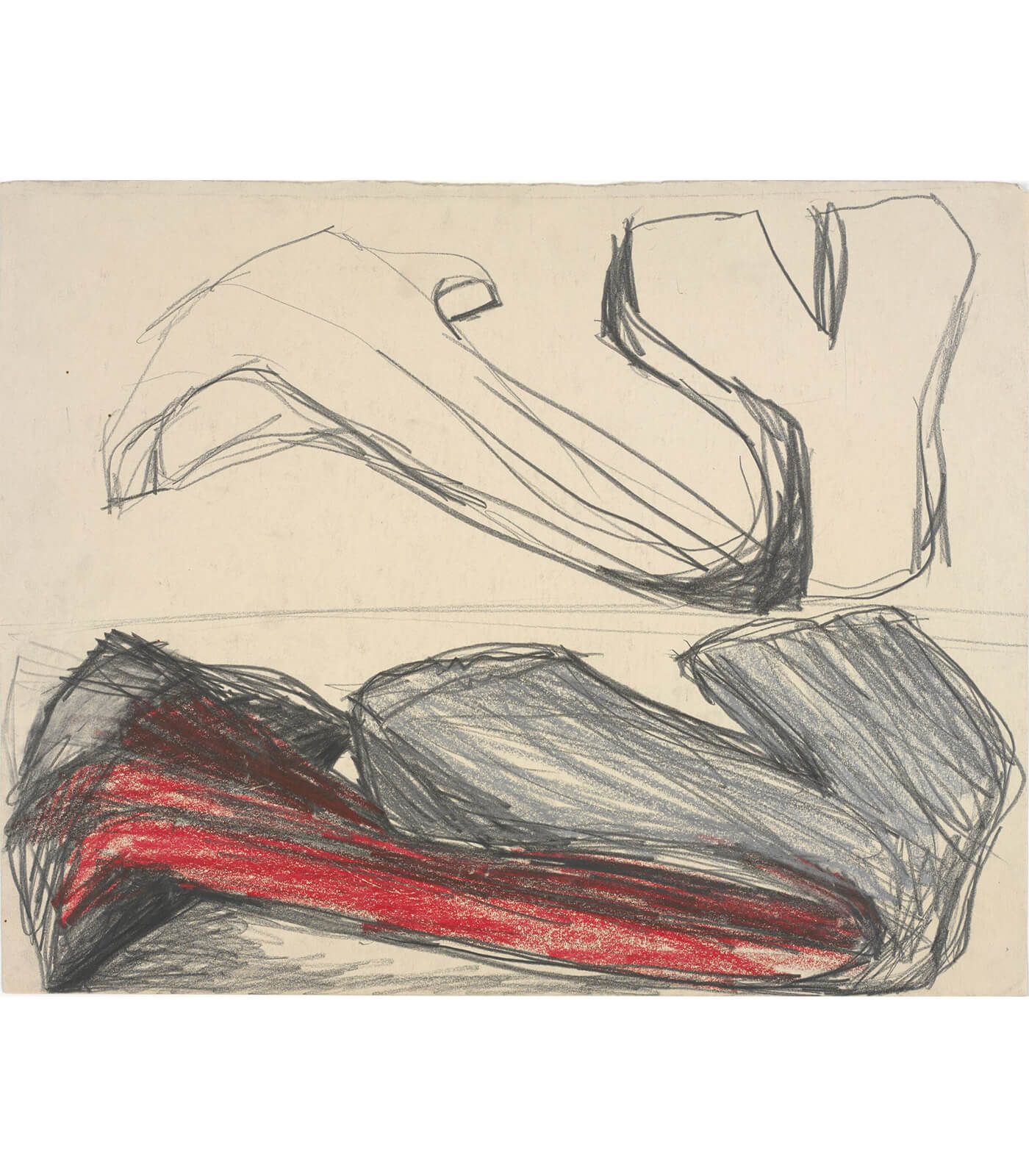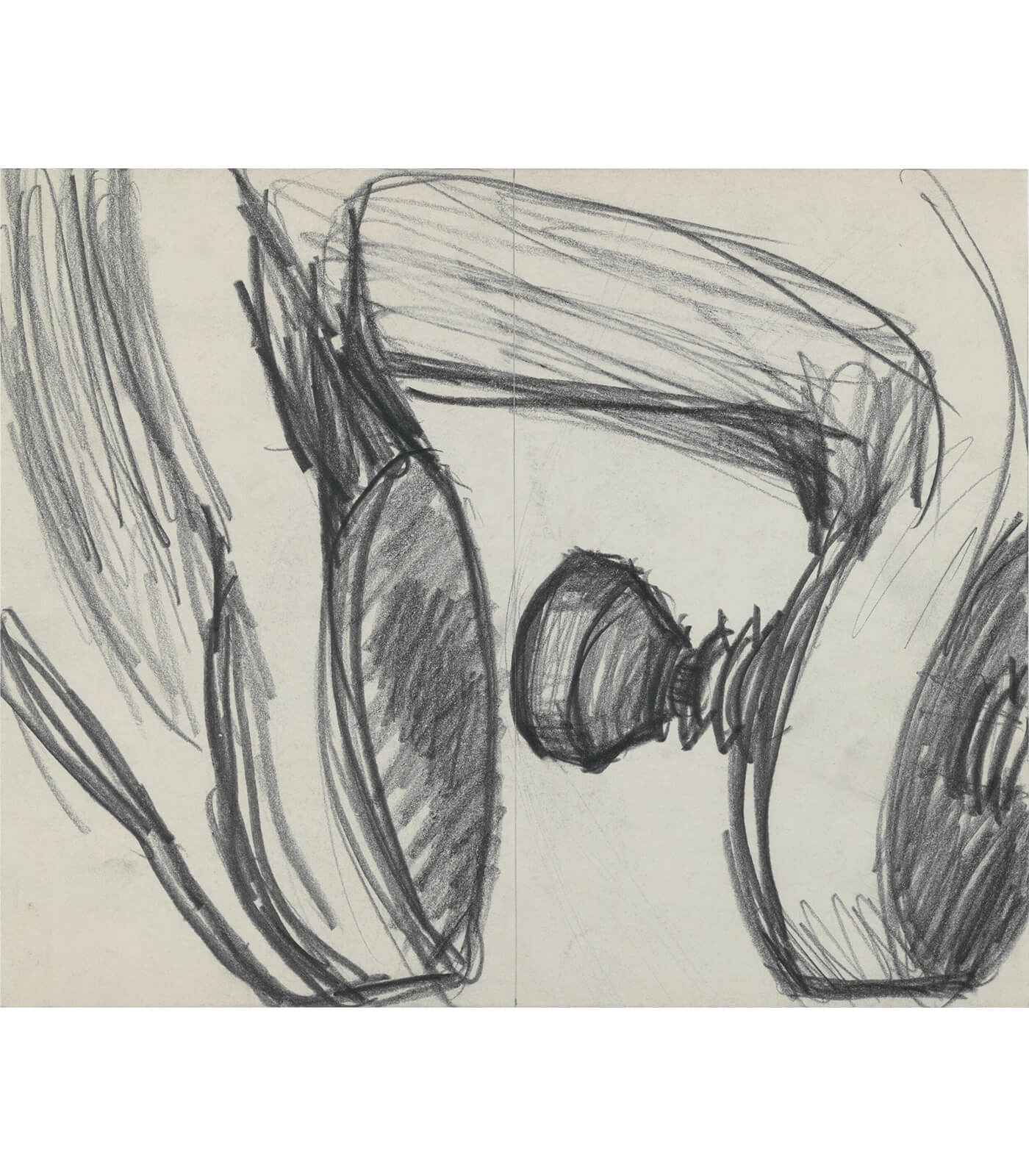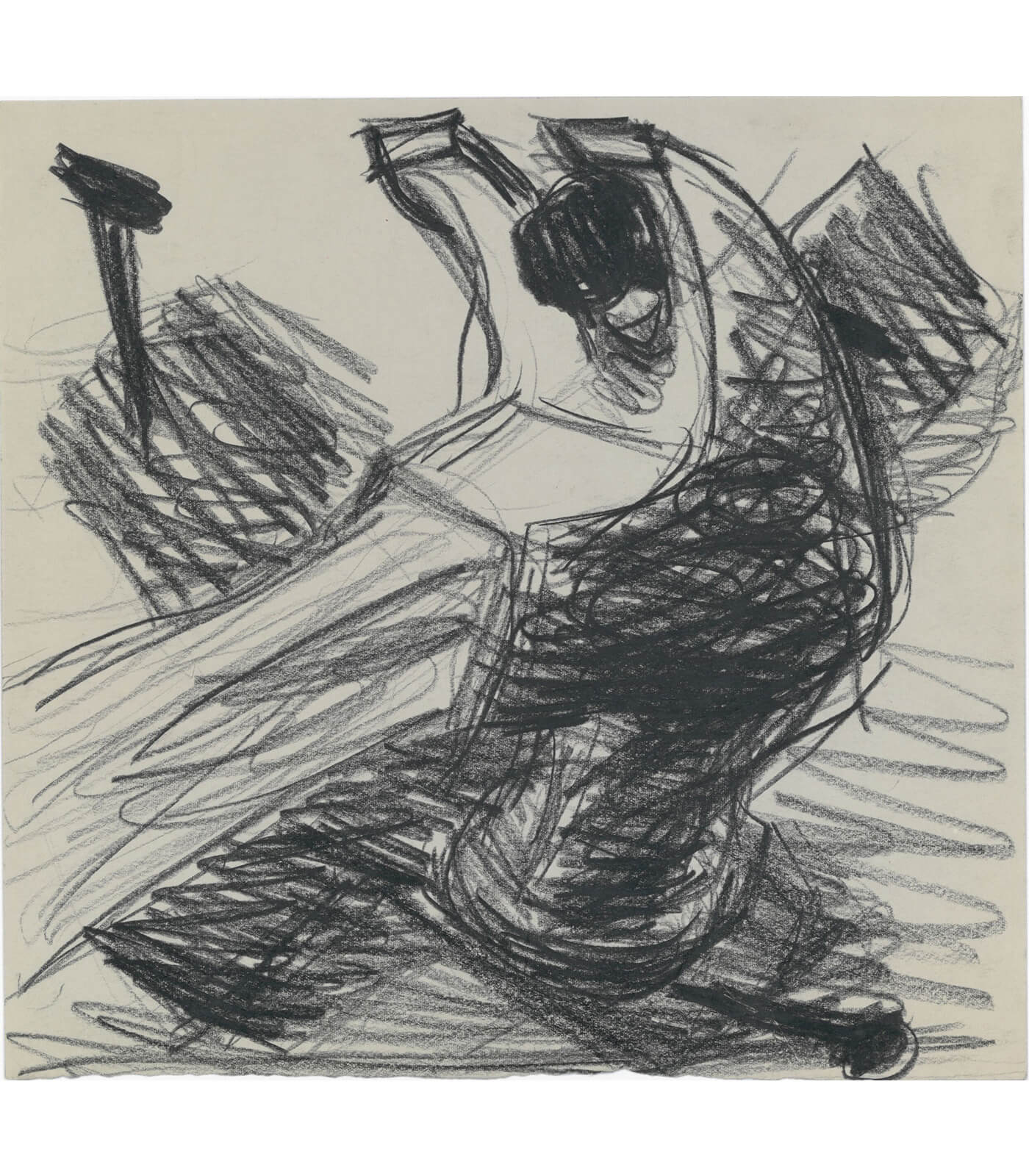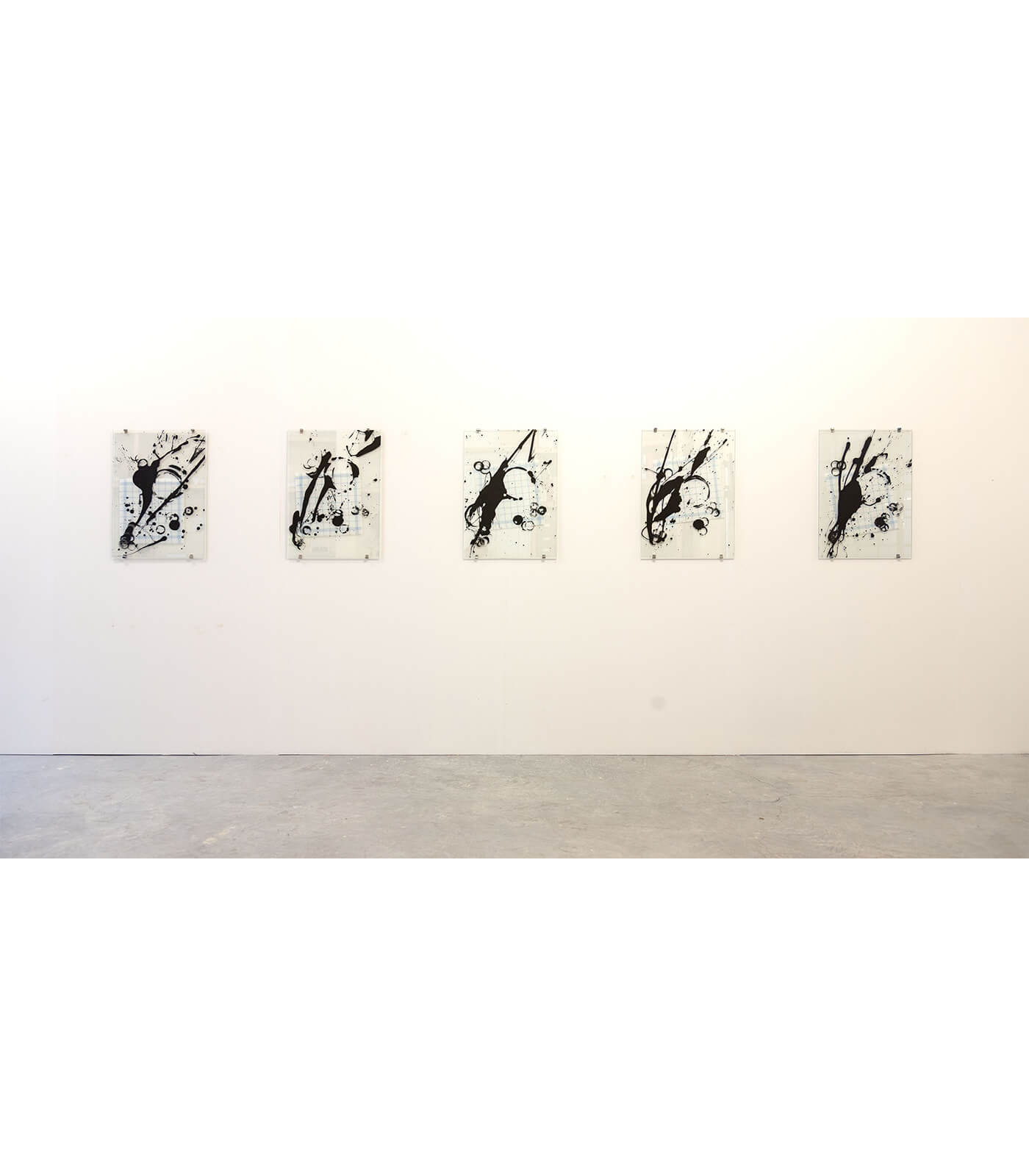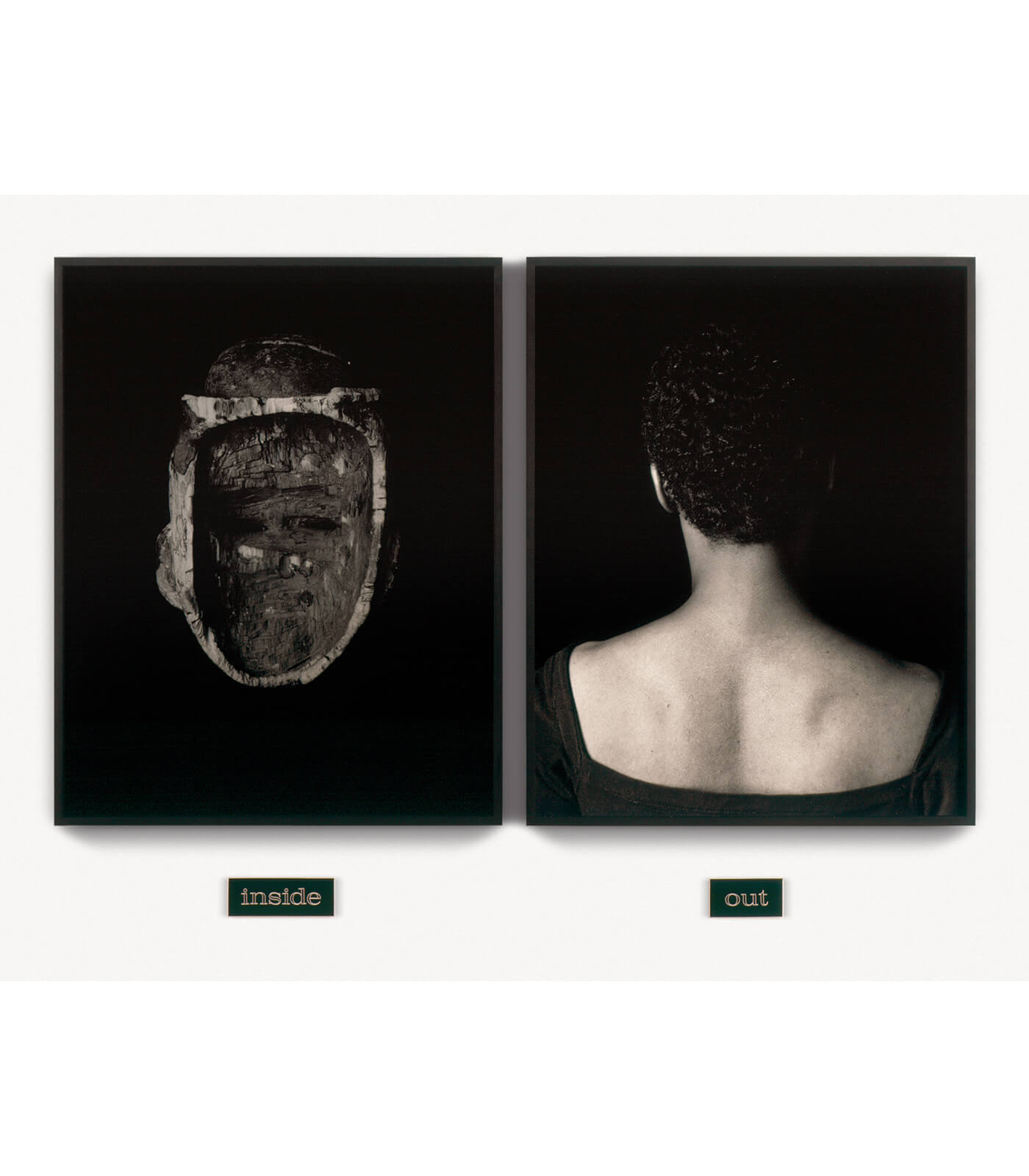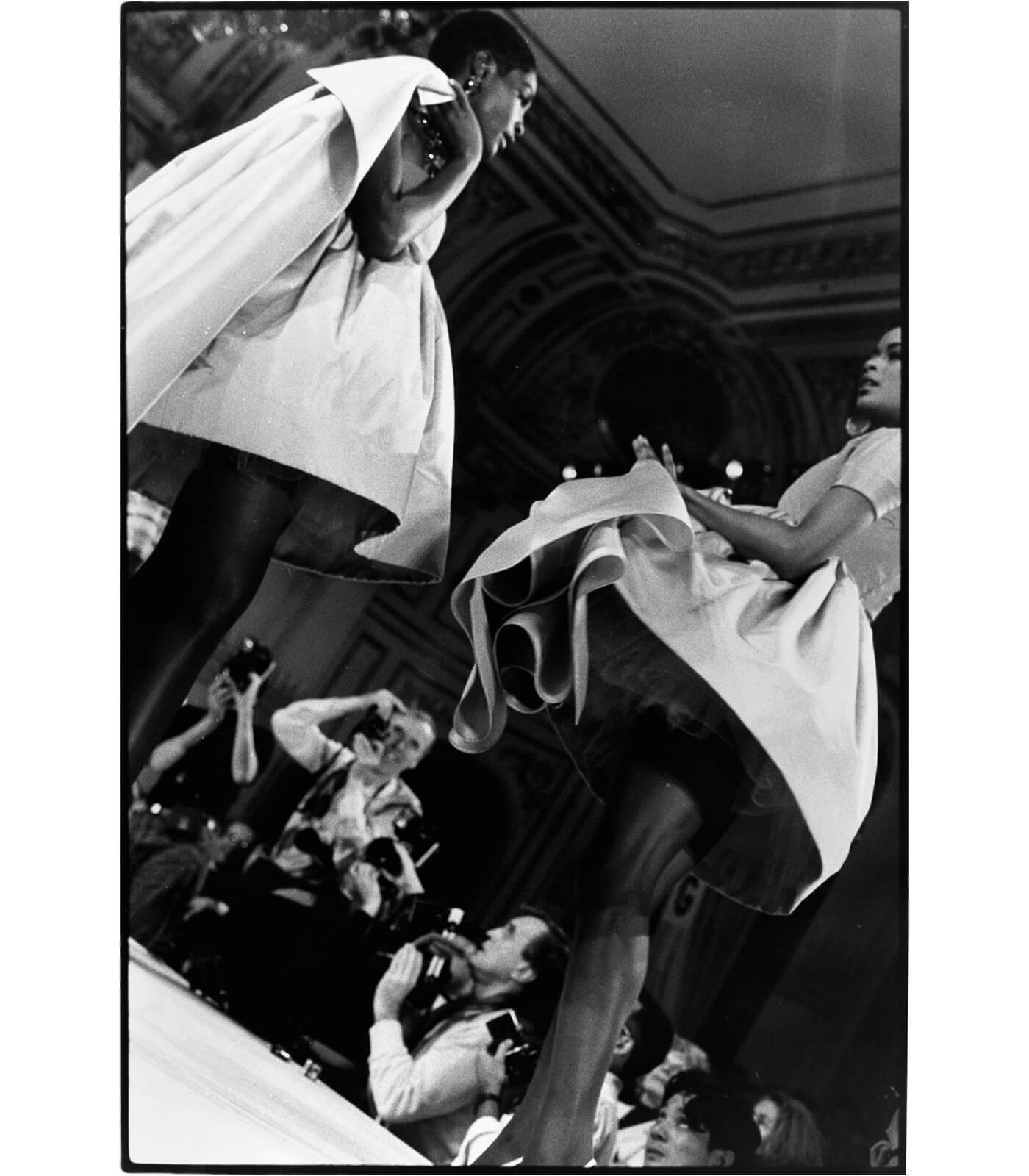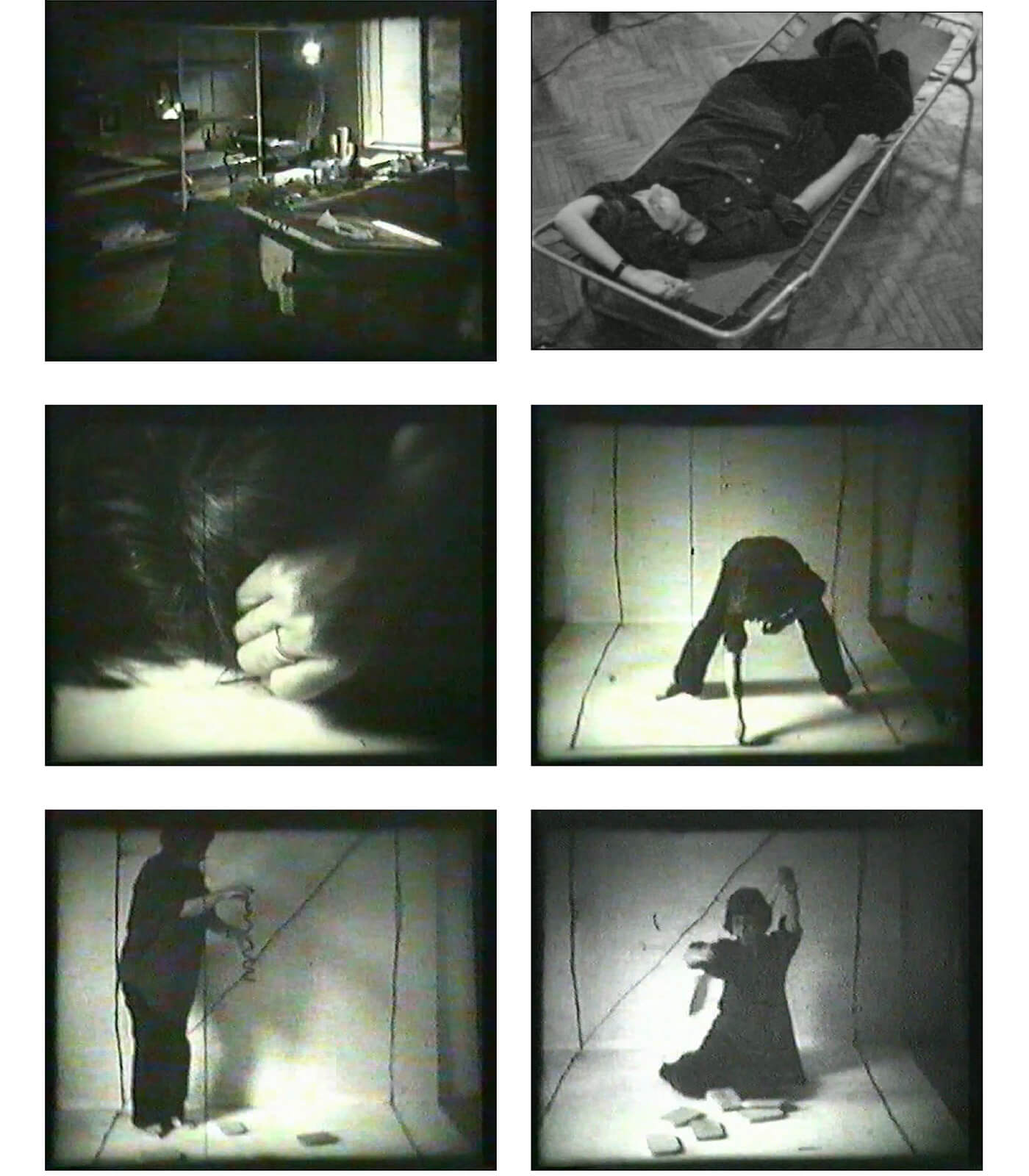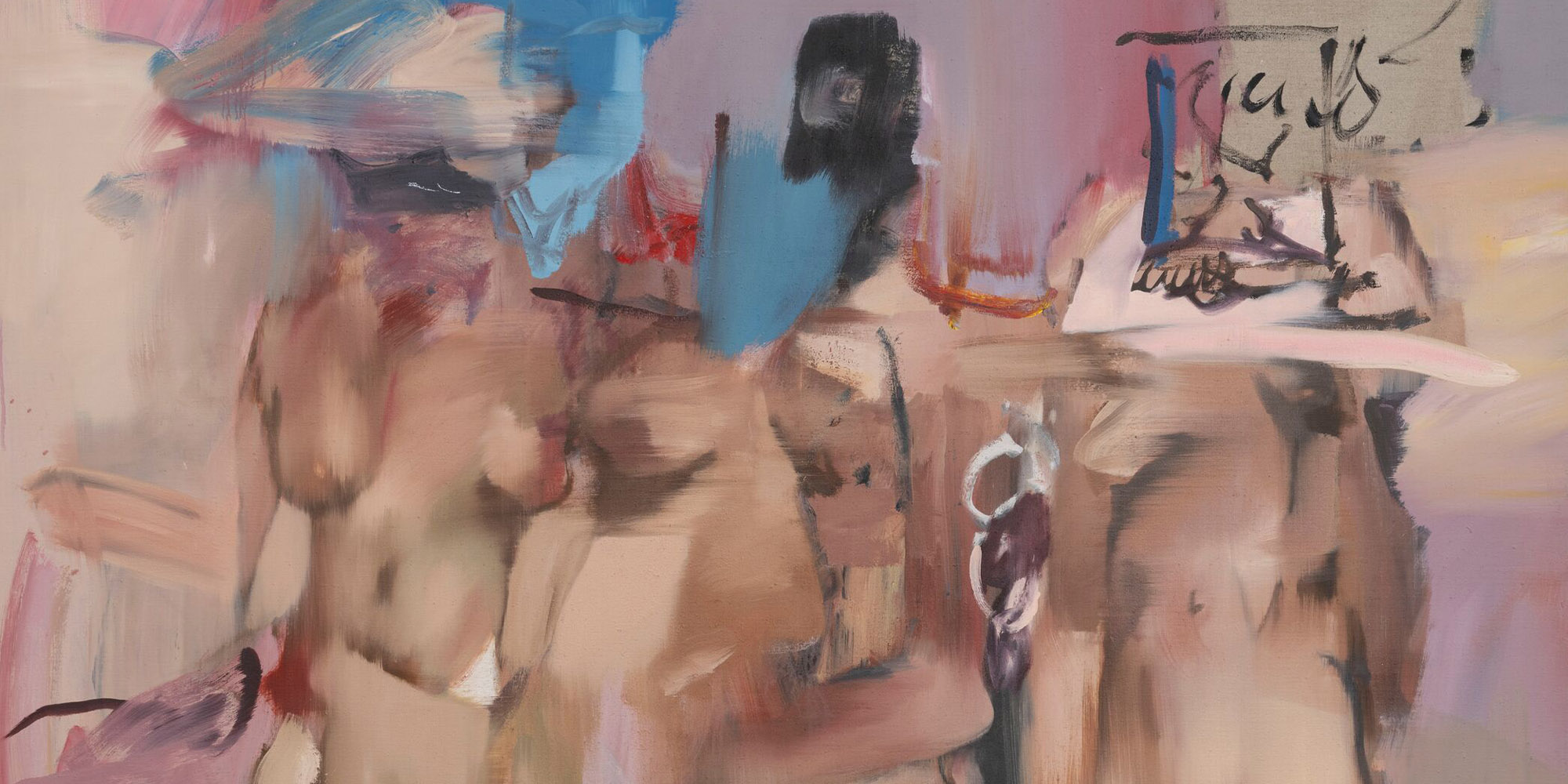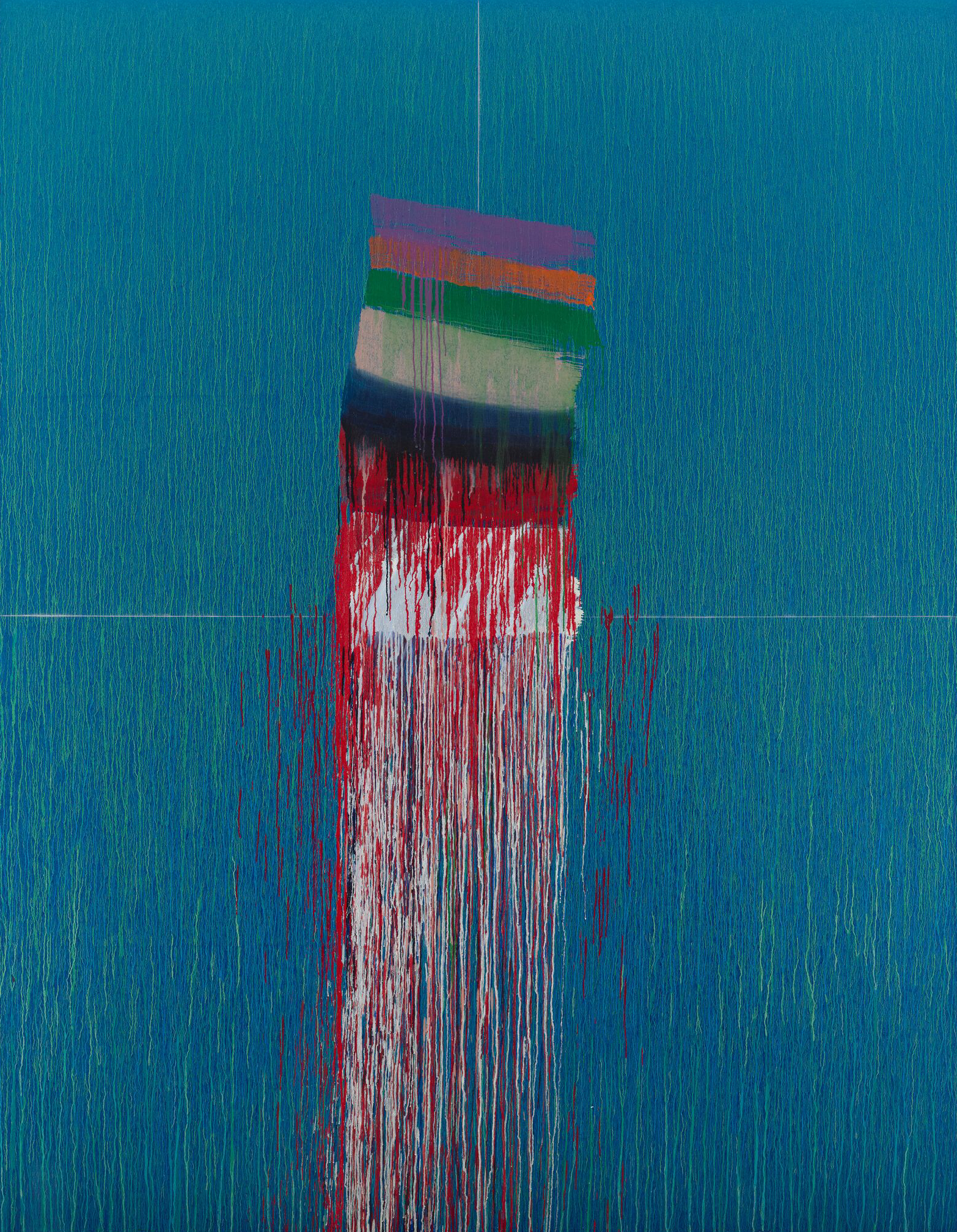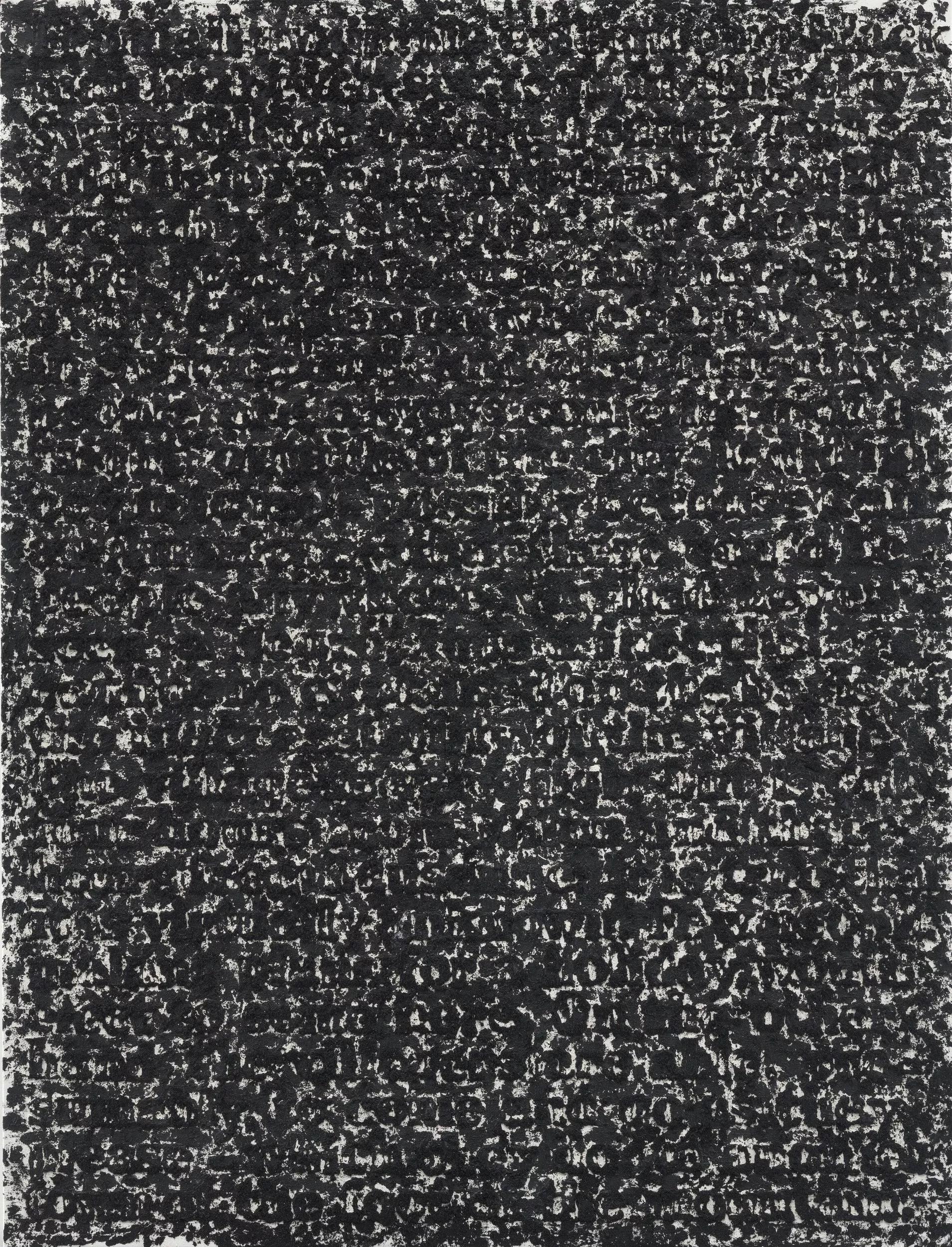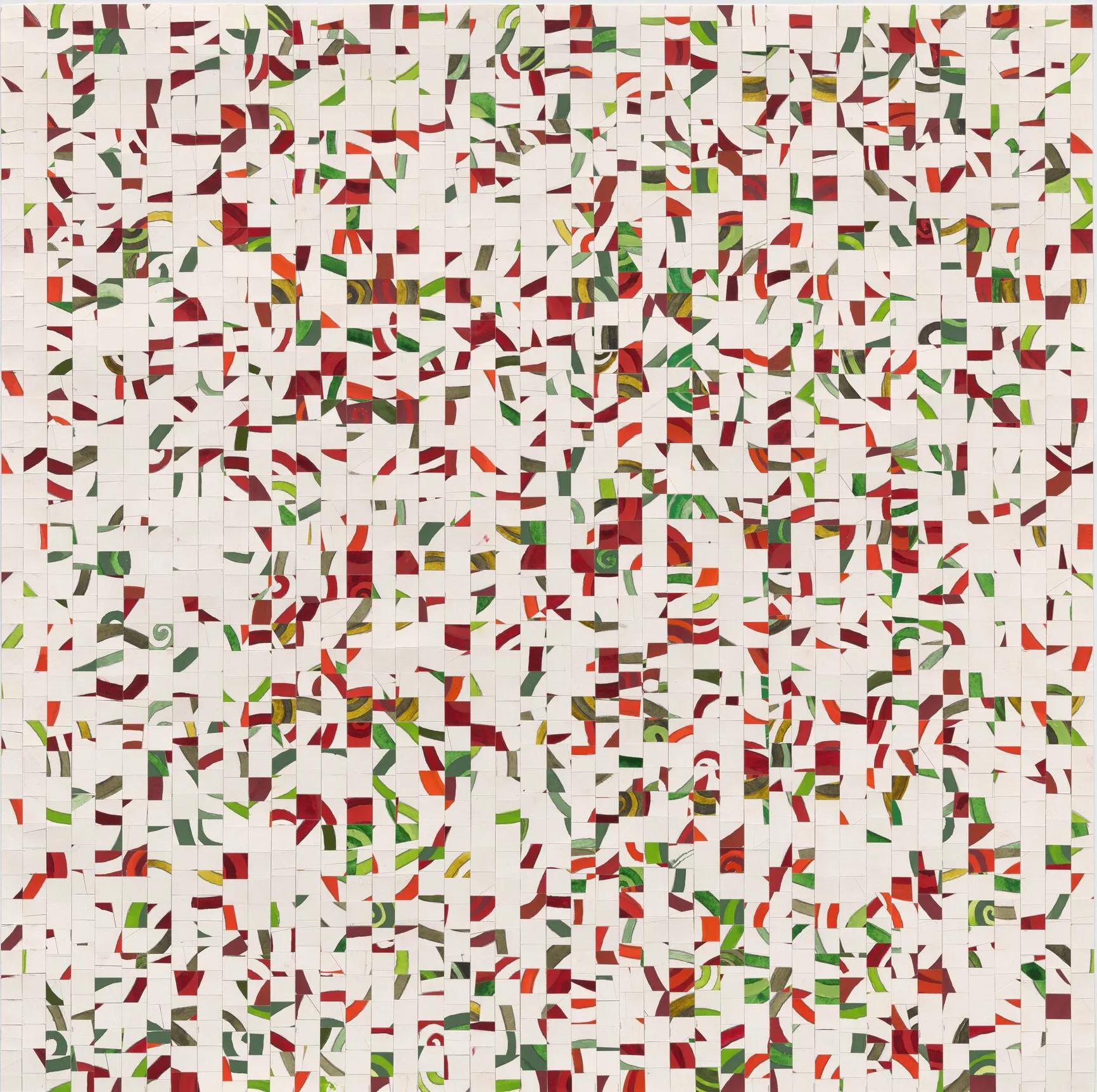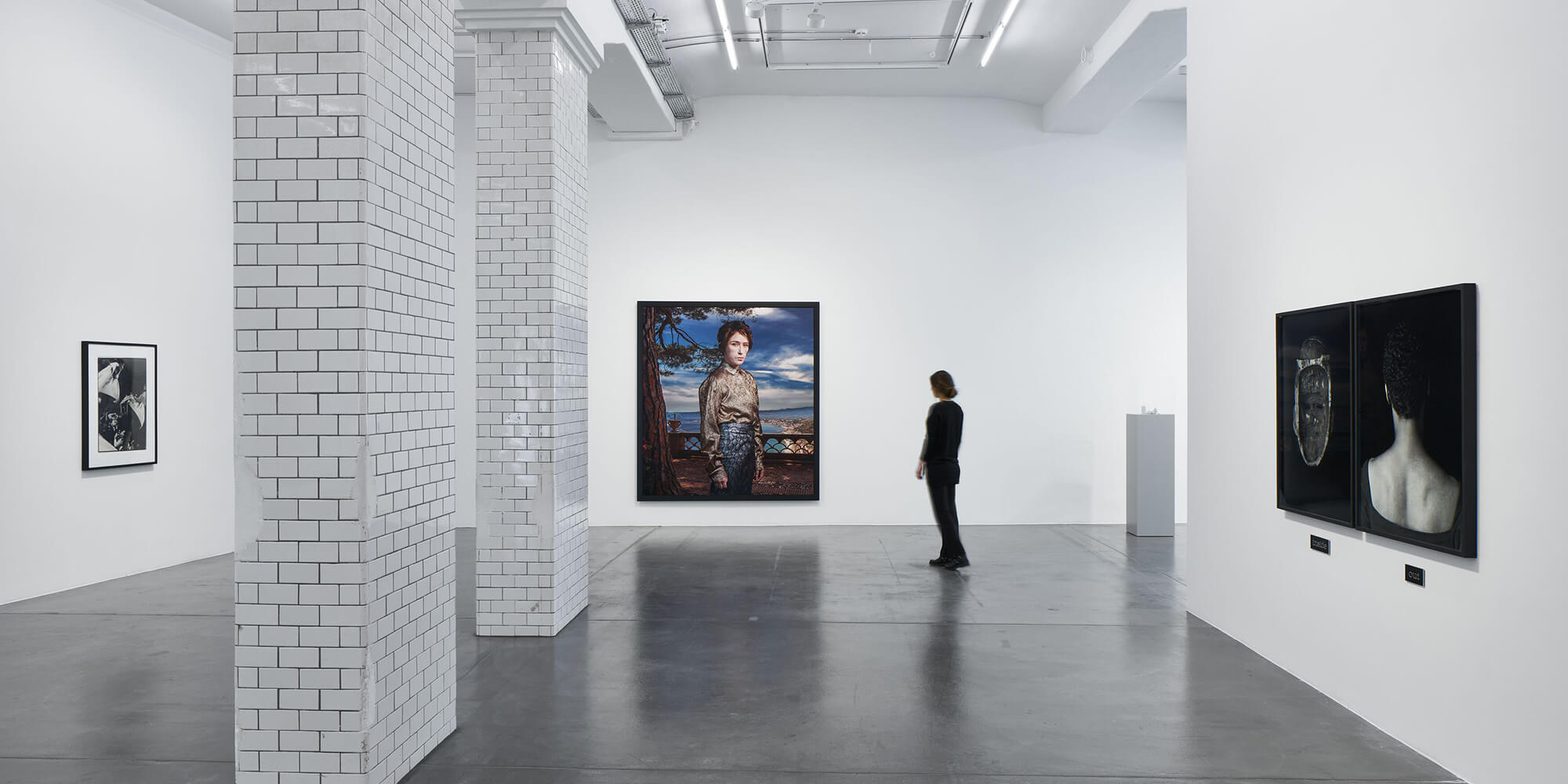
Seventy Years of The Second Sex
24 March – 21 May 2022
Zurich, Limmatstrasse
‘The works on display in this exhibition in some cases appropriate ideas from ‘The Second Sex’. In others, they might illuminate, muddle or complicate them or underscore the blind spots in Beauvoir’s thinking. In all cases, they continue the conversation.’—Dr. Sophie Berrebi
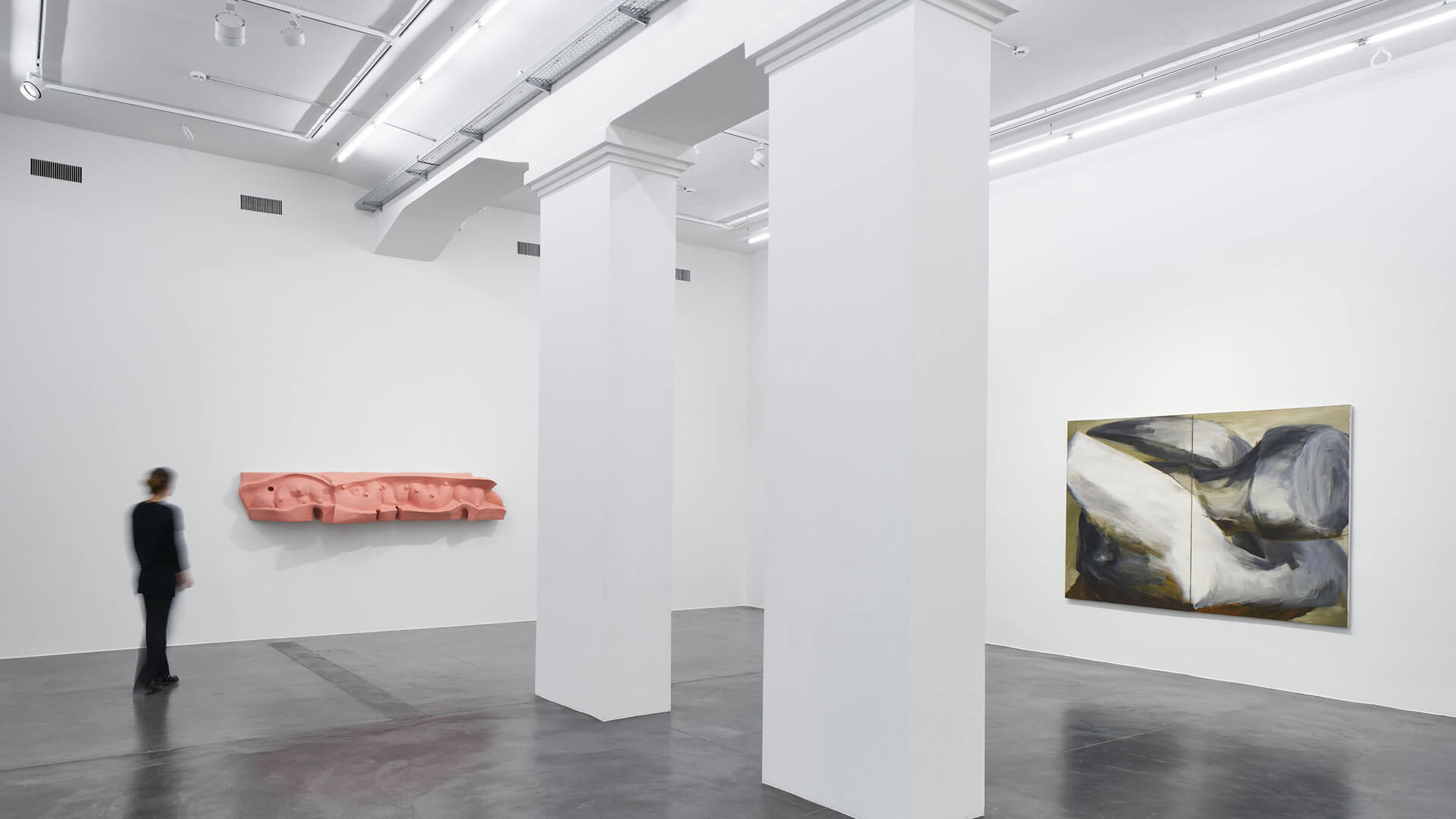
Explore the exhibition
How does Simone de Beauvoir’s 1949 book ‘The Second Sex’ read today for an artist? And how does it affect the way we look at art made since the book was published? This March, Hauser & Wirth brings a group exhibition titled ‘Seventy Years of the Second Sex. A Conversation between Works and Words’ to its gallery on Limmatstrasse in Zurich, to initiate a reflection on Beauvoir’s milestone study with, and through, contemporary art.
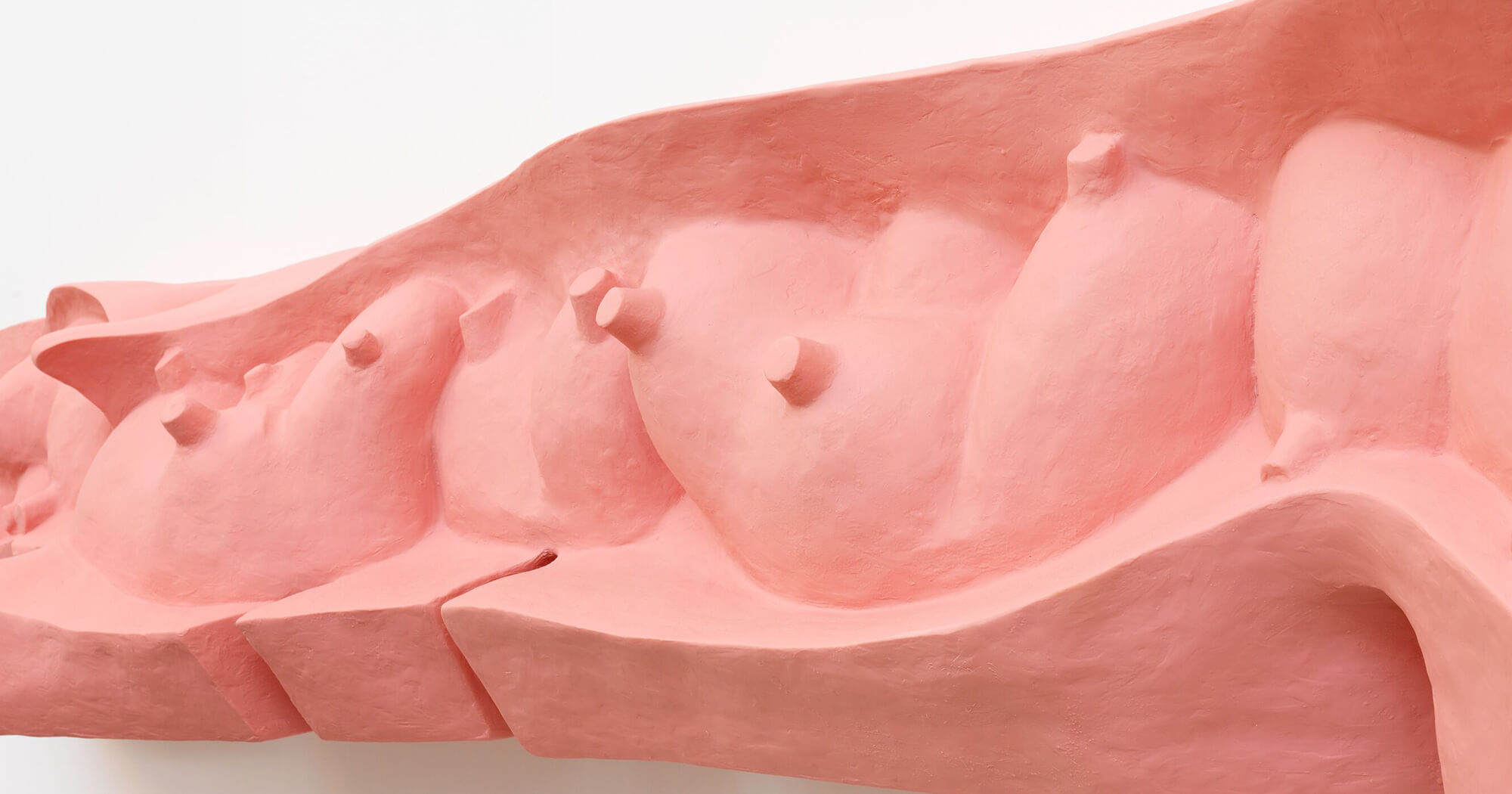
At the dawn of the seventieth anniversary of the book’s first English translation (1953), this exhibition, curated by Dr. Sophie Berrebi, brings together works by Louise Bourgeois, Geta Brătescu, Eva Hesse, Roni Horn, Zoe Leonard, Lee Lozano, Annaïk Lou Pitteloud, Cindy Sherman and Lorna Simpson and that converse with Simone de Beauvoir’s ideas and their legacy.
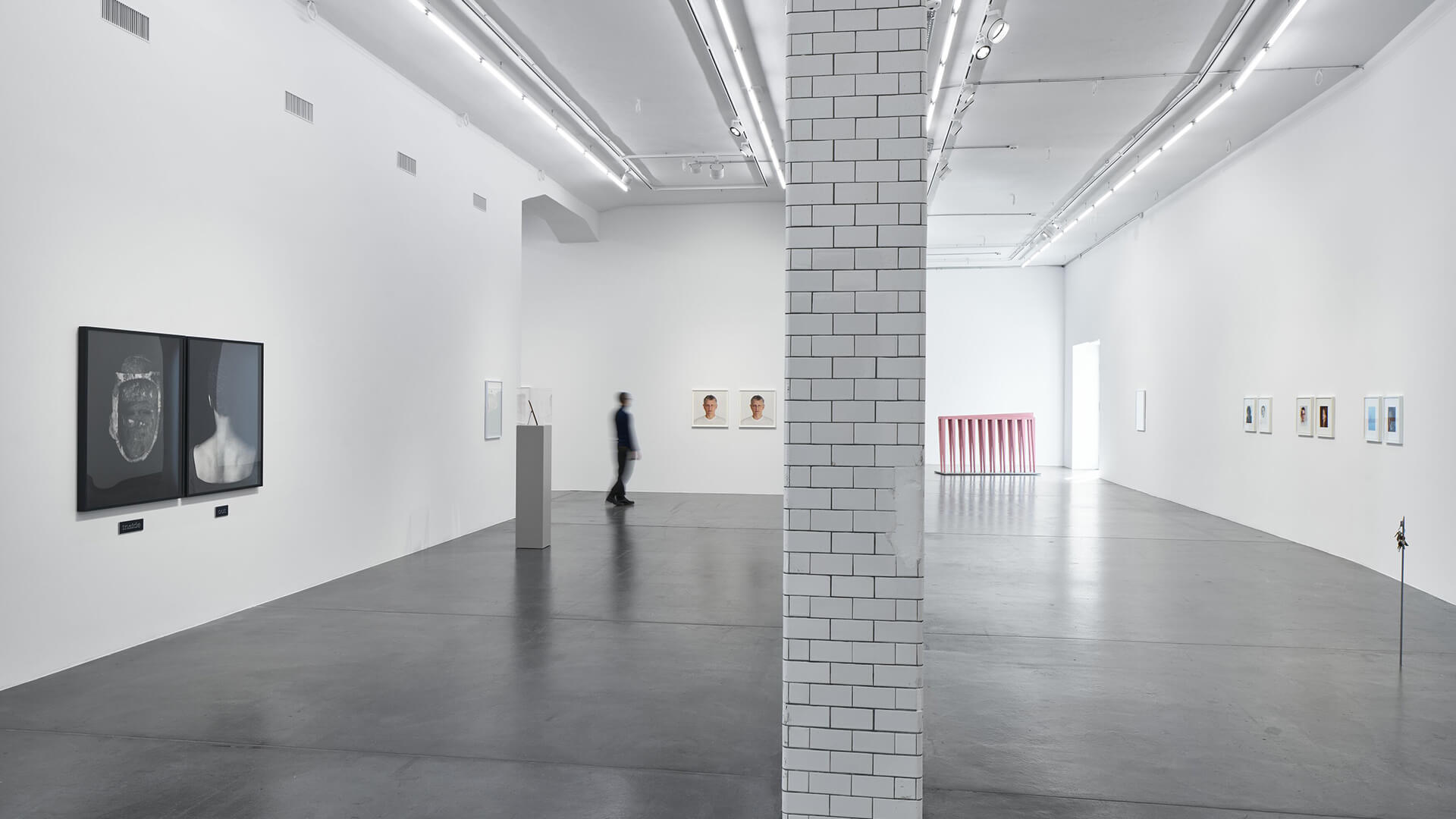
‘The Second Sex’ dissects the ways in which, through history and through stages of personal life, woman is defined within patriarchy, as other. Steeped in existentialism and phenomenology, and drawing on sources from fiction, literary testimonies, sociology and psychoanalysis, the book enacted a dialogue with the civil rights movement, set the stage for the second wave of feminism, and laid the ground for theorisations of gender. Some aspects are inevitably dated, but Beauvoir’s persuasive and implacable exposé of woman’s alienation through mechanisms of social, economic, and psychological domination, remains ultimately a formidable call to action and transformation of society.
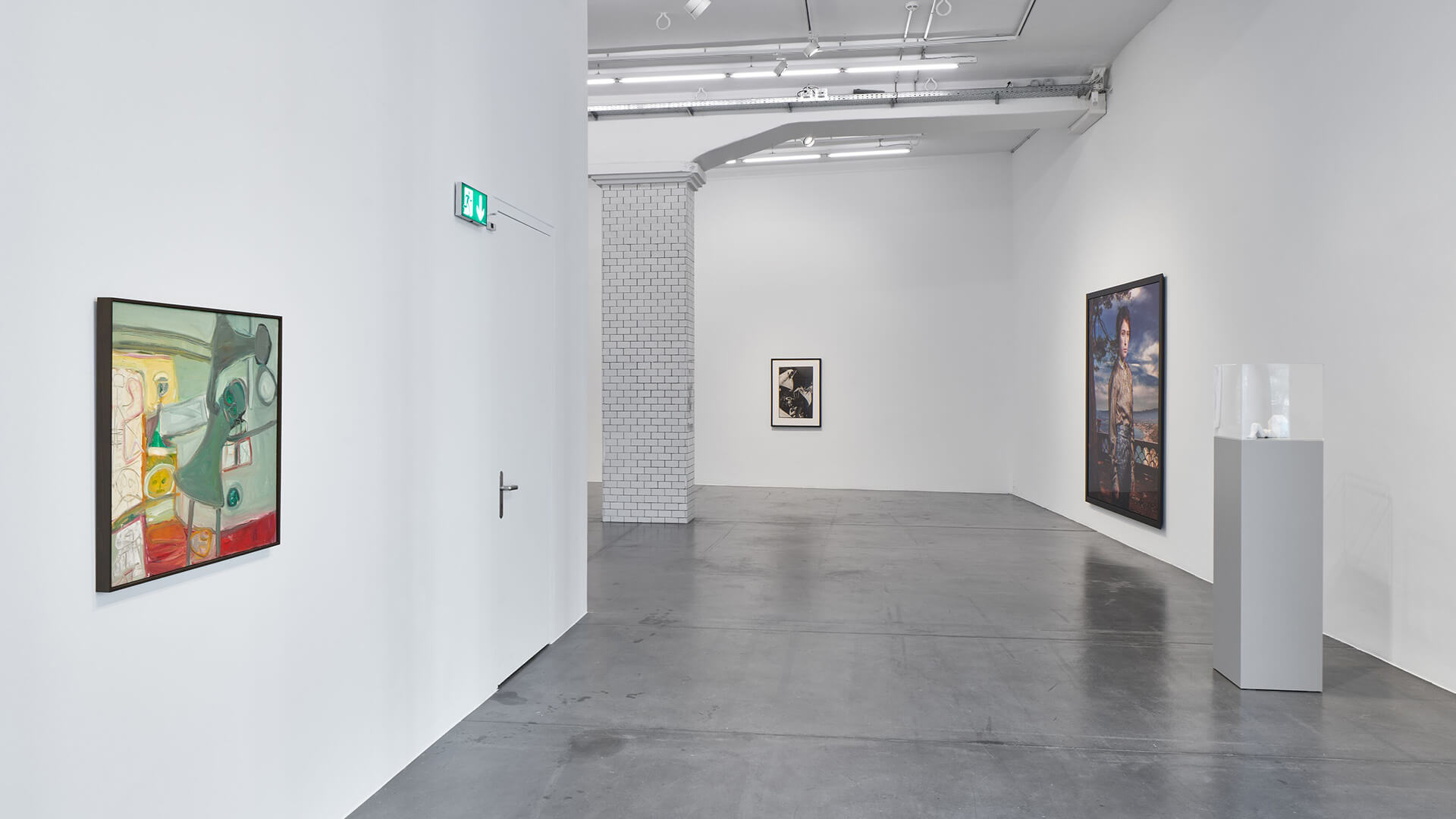
While some artists like Hesse and Bourgeois refer directly to Simone de Beauvoir in their personal writings, ‘Seventy Years of The Second Sex, A Conversation Between Works and Words’ presents works that stimulate different interpretations of Beauvoir’s words. These interpretations are articulated through a direct engagement with themes of ‘The Second Sex’ such as domestic alienation, identity, dressing up, patriarchy or the strife between immanence and transcendence. Eve Hesse’s painting ‘No title’ (c. 1960) is part of her very private series ‘Spectres’ that Hesse did not exhibit during her lifetime. In the works from this series, she ‘paints herself out,’ working through form and material in an act of vulnerable and even painful introspection.

Louise Bourgeois’ sculpture ‘Femme Maison’ (1994), features a woman’s figure with a house in place of the head and can be read as a direct statement about the woman being boxed into in household activities. Bourgeois’ initial ‘Femme Maison’, a series of drawings fusing architecture and the female figure, appeared in the mid-40s, one of which is also featured in this exhibition. Lee Lozano’s tool drawings and paintings, made in 1963 and 1964, can be understood as critiques of both sexual and art world decorum at a moment when the feminist movement had yet to coalesce and actively question either. These works also allowed Lozano to explore her own womanhood and her individuality as an artist at a moment when gender roles were being radically redefined.
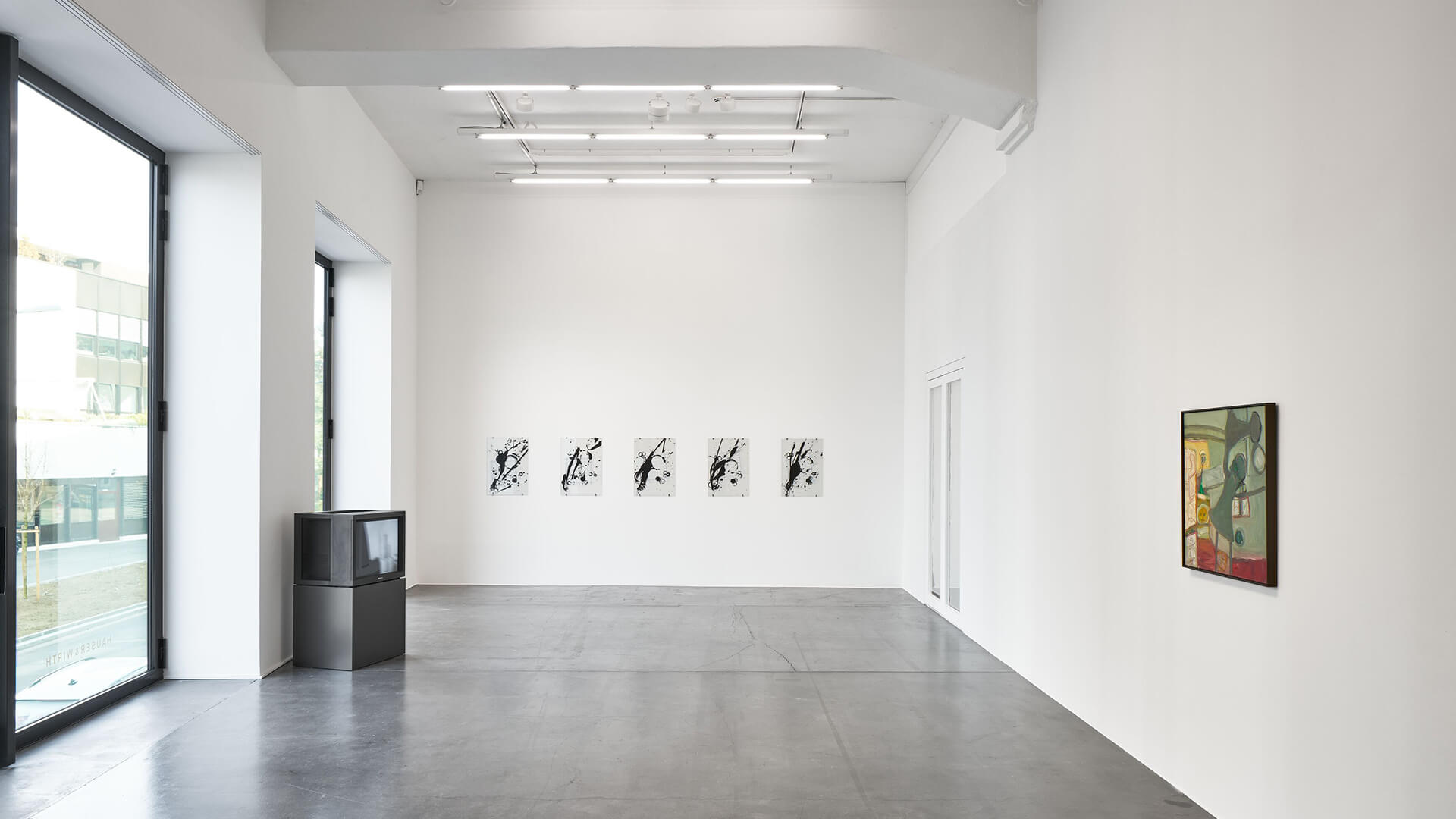
The far-reaching influence of the book means that it can been ‘read’ in a variety of ways. One of these is through the writing of subsequent generations of scholars whose work take ‘The Second Sex’ as reference or departure point, such as Linda Nochlin and Judith Butler. Whether or not they engage with Beauvoir’s words directly, the works brought together in this exhibition all speak to her ideas and her intellectual legacy.
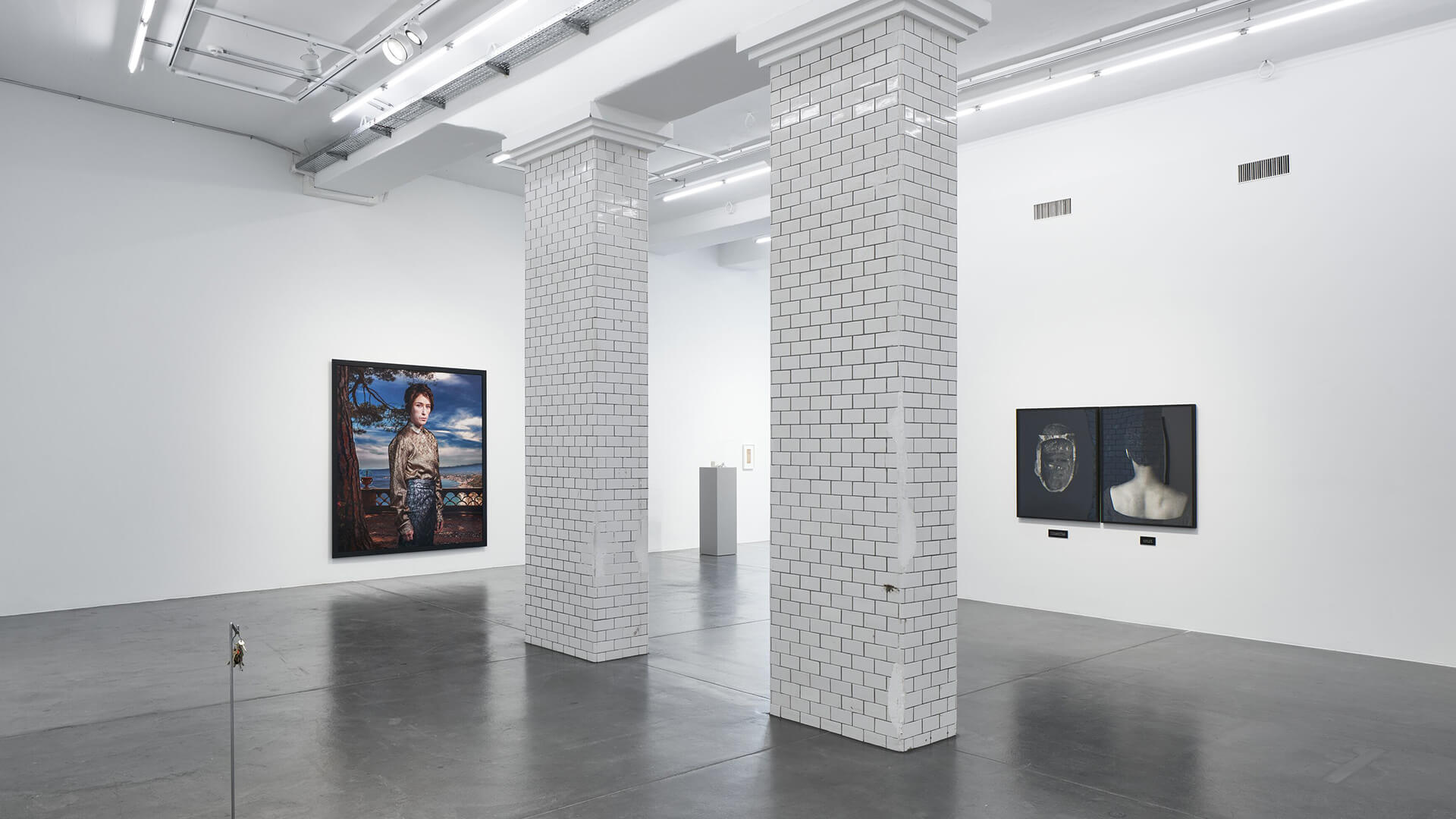
In ‘Vantage Point’ (1991) Lorna Simpson juxtaposes a verso portrait with that of a face mask, alluding to an African heritage without declaring it. The impassive figure encapsulates Simpson‘s opposition to the way the black and female body historically has been represented as a system of regressive biological signs. The turned-back figure resits interpretation precisely because its primary meaning actually is resistance of the physical characteristics of gender and race.
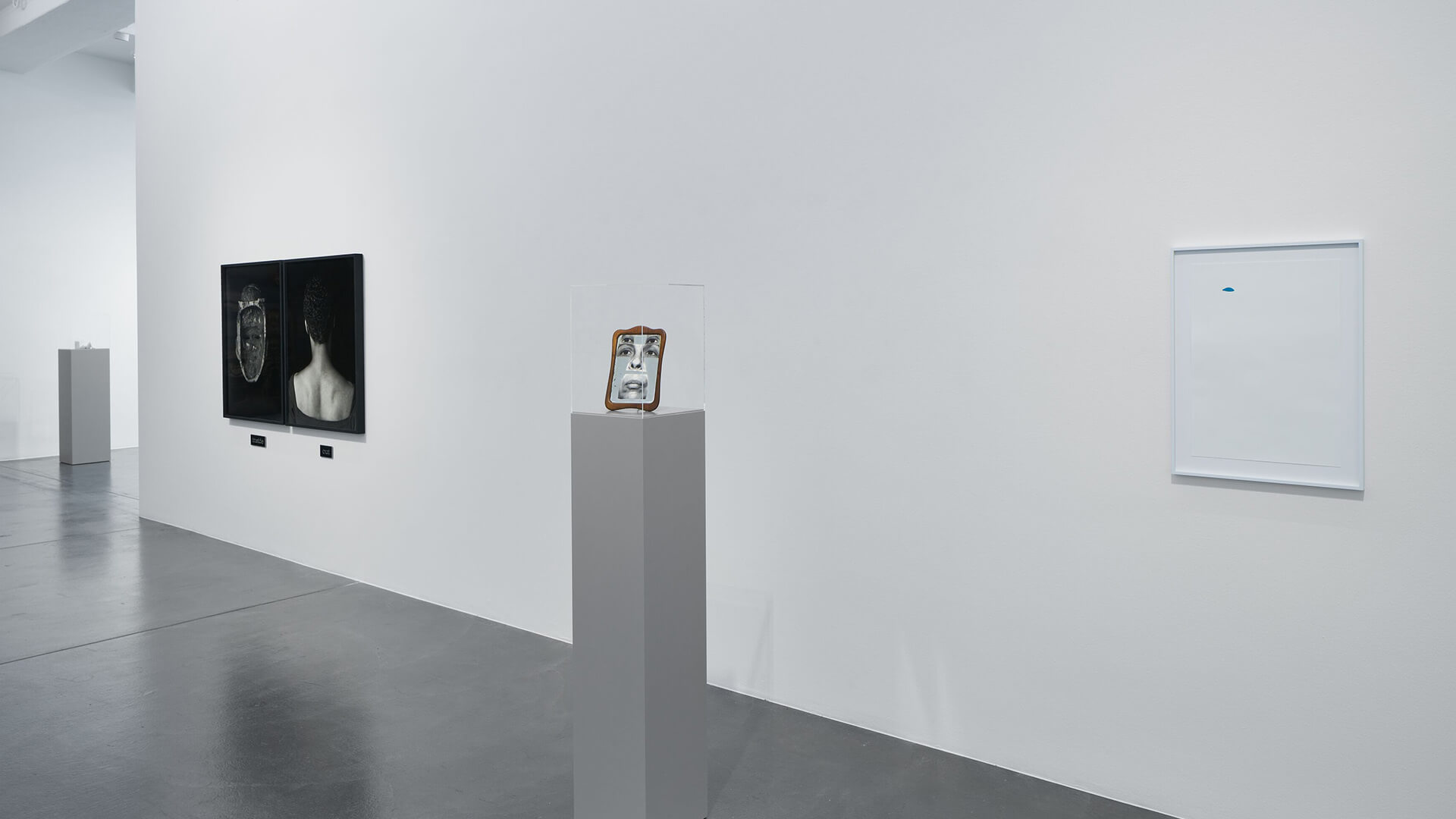
About Dr. Sophie Berrebi
Dr. Sophie Berrebi is an author, exhibitions curator and art historian. She is an associate professor in the history of art at the University of Amsterdam where she teaches and researches photography, fashion, and contemporary art. She has curated exhibitions for museums and galleries including the Stedelijk Museum, Amsterdam and Hauser & Wirth Zürich, where she organised ‘Jean Dubuffet and the City’ (2018). Alongside numerous articles and essays, she is the author of ‘The Shape of Evidence. Contemporary Art and the Document’ (Valiz, 2015), and ‘Dubuffet and the City’. People, Place and Urban Space’ (H&W Publishers, 2018), which received the 2019 Richard Schlagman award for best book of art history. Her first novel, ‘The Sharing Economy’ will be published by Scribner (Simon & Schuster) in 2023.
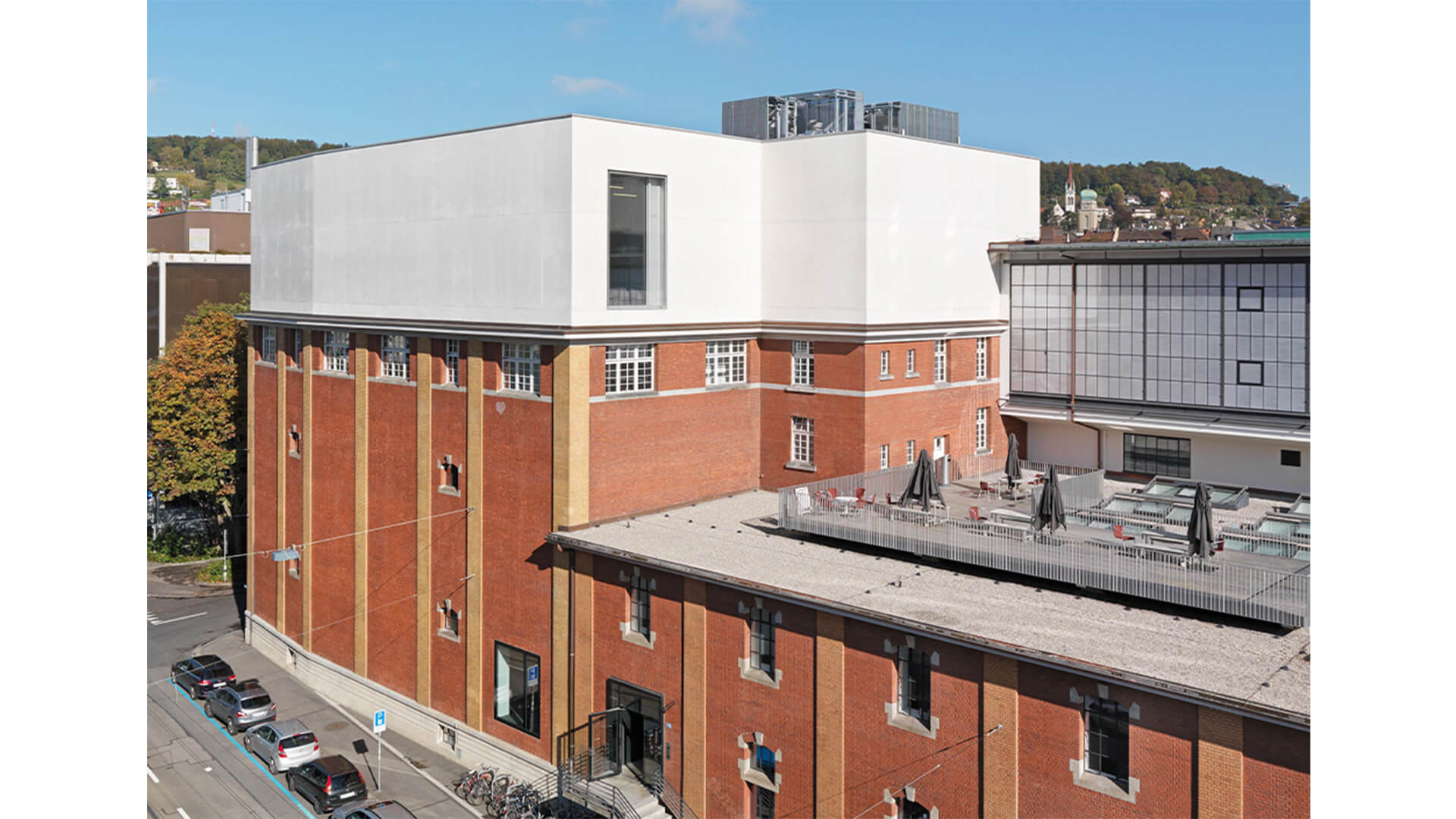
On view in Zurich, Limmatstrasse
The gallery is open Tue – Fri, 11 am – 6 pm, Sat, 11 am – 5 pm. Please visit our location page to plan your visit.
About the Artists
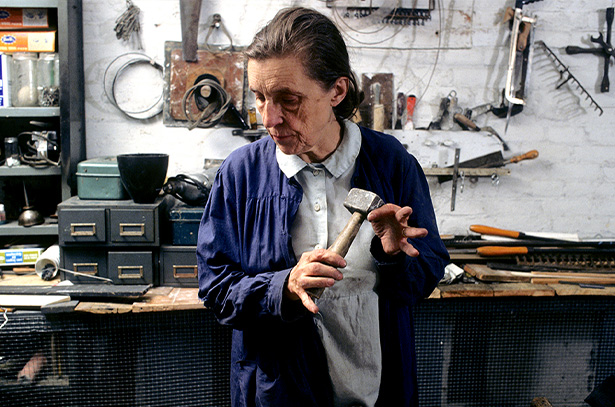
Louise Bourgeois
Born in France in 1911, and working in America from 1938 until her death in 2010, Louise Bourgeois is recognized as one of the most important and influential artists of the 20th Century. For over seven decades, Bourgeois’s creative process was fueled by an introspective reality, often rooted in cathartic...
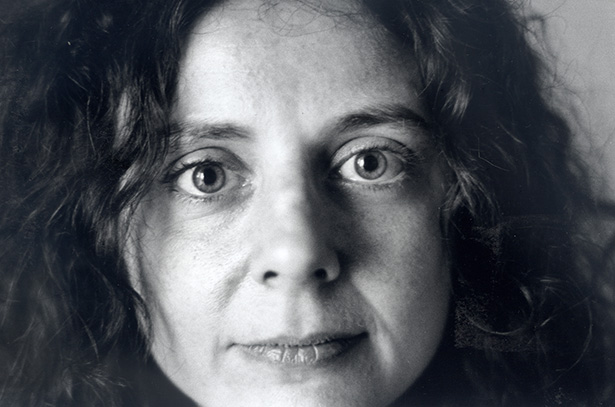
Lee Lozano
Lee Lozano’s paintings are admired for their energy, daring physicality and tirelessness in investigating the body and issues of gender. Although lauded by Lucy Lippard in 1995 as the foremost female conceptual artist of her time, Lozano had disengaged herself from the New York art world completely by the early...
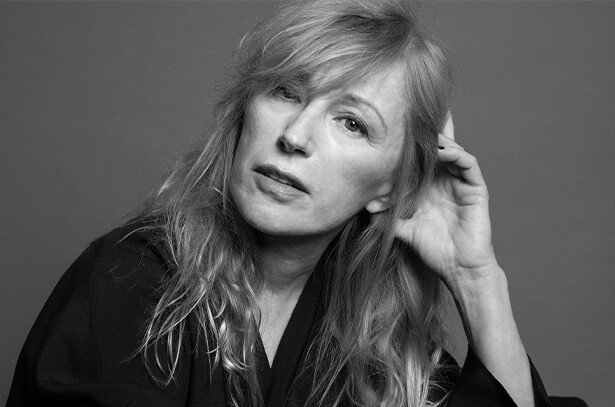
Cindy Sherman
Born in 1954 in Glen Ridge, New Jersey, Cindy Sherman lives and works in New York NY. Her ground-breaking photographs have interrogated themes around representation and identity in contemporary media for over four decades. Coming to prominence in the late 1970s with the Pictures Generation group alongside artists such as...

Roni Horn
Roni Horn’s work consistently generates uncertainty to thwart closure in her work. Important across her oeuvre is her longstanding interest to the protean nature of identity, meaning, and perception, as well as the notion of doubling; issues which continue to propel Horn’s practice.
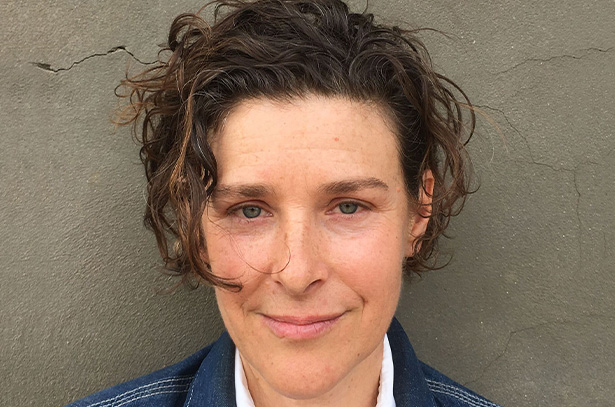
Zoe Leonard
New York-based artist Zoe Leonard balances rigorous conceptualism with a distinctly personal vision in her work, which merges photography, sculpture, and installation. By employing strategies of repetition, shifting perspectives, and a multitude of printing processes, Leonard’s practice probes the politics of representation and display. Leonard explores themes such as gender...
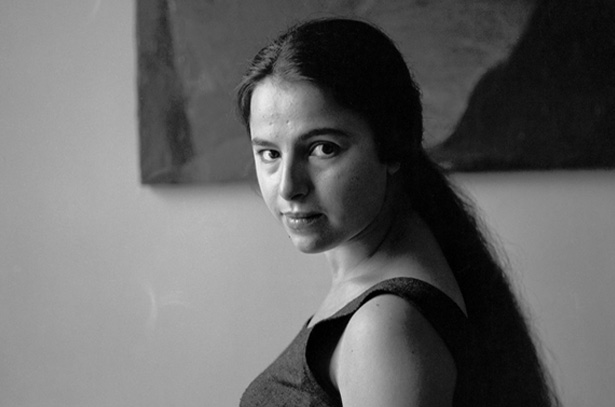
Eva Hesse
Born in Hamburg Germany in 1936, Eva Hesse is one of the icons of American art of the 1960s, her work being a major influence on subsequent generations of artists. Comprehensive solo exhibitions in the past 50 years, as well as a retrospective that toured from the San Francisco Museum...
Inquire about available works in ‘Seventy Years of The Second Sex’
Seventy Years of The Second SexA Conversation Between Works and WordsCurated by Dr. Sophie Berrebi–‘Seventy Years of The Second Sex’ is on view now through 21 May 2022 at Hauser & Wirth Zurich, Limmatstrasse.
Related Content
Current Exhibitions
1 / 10
